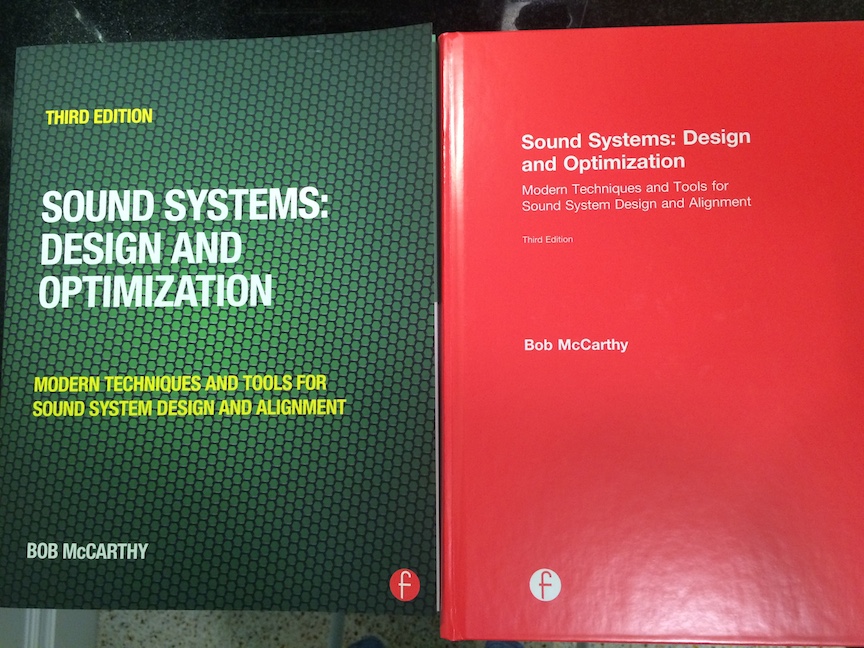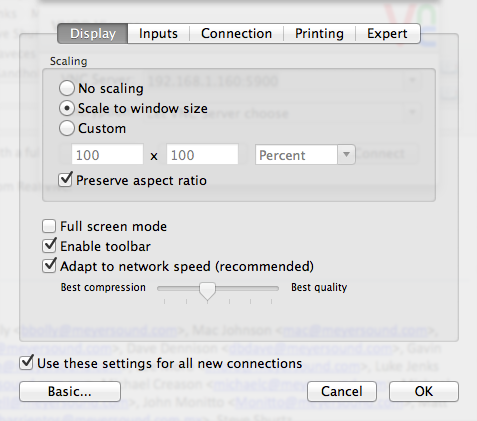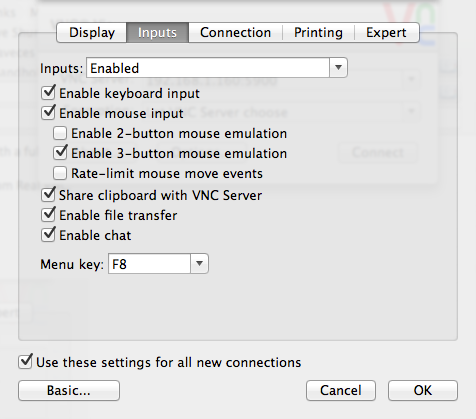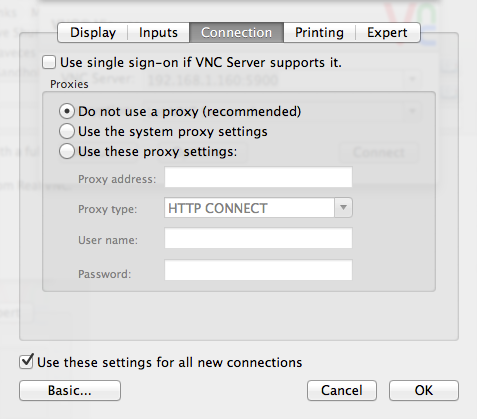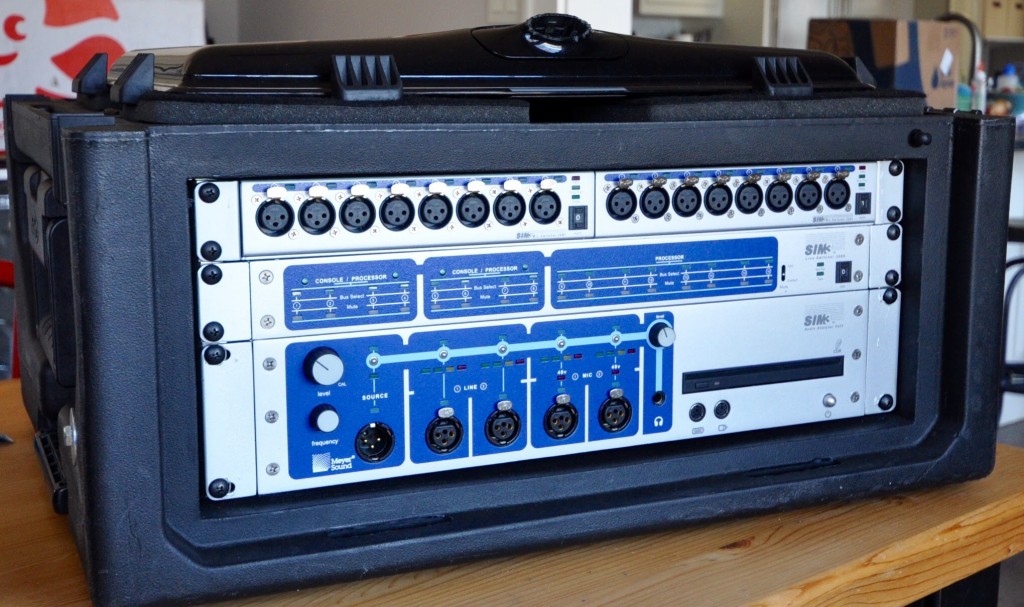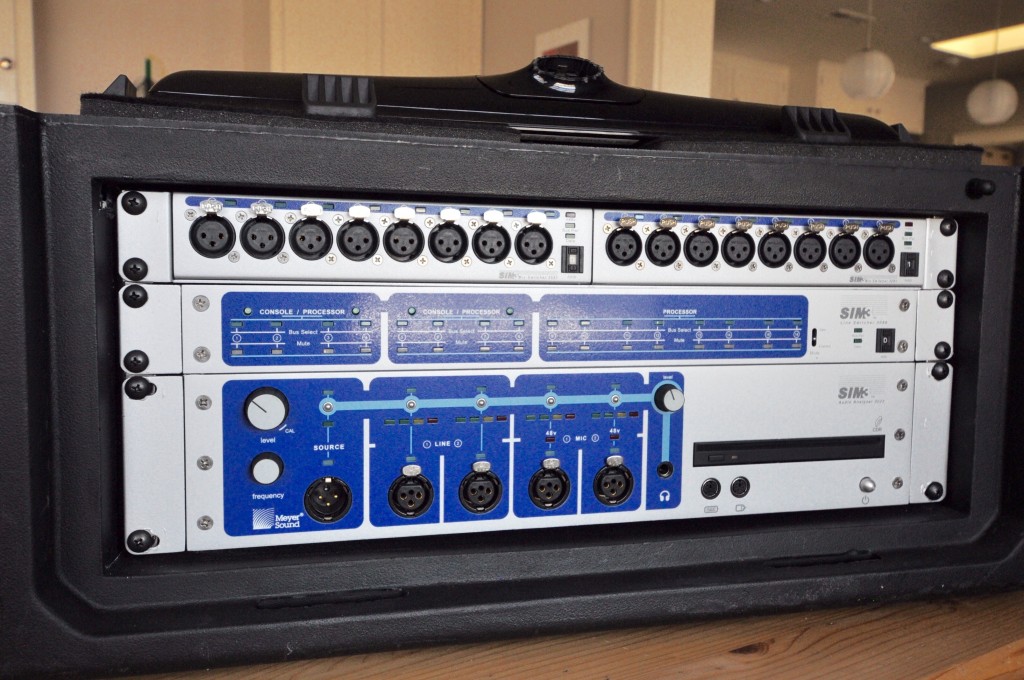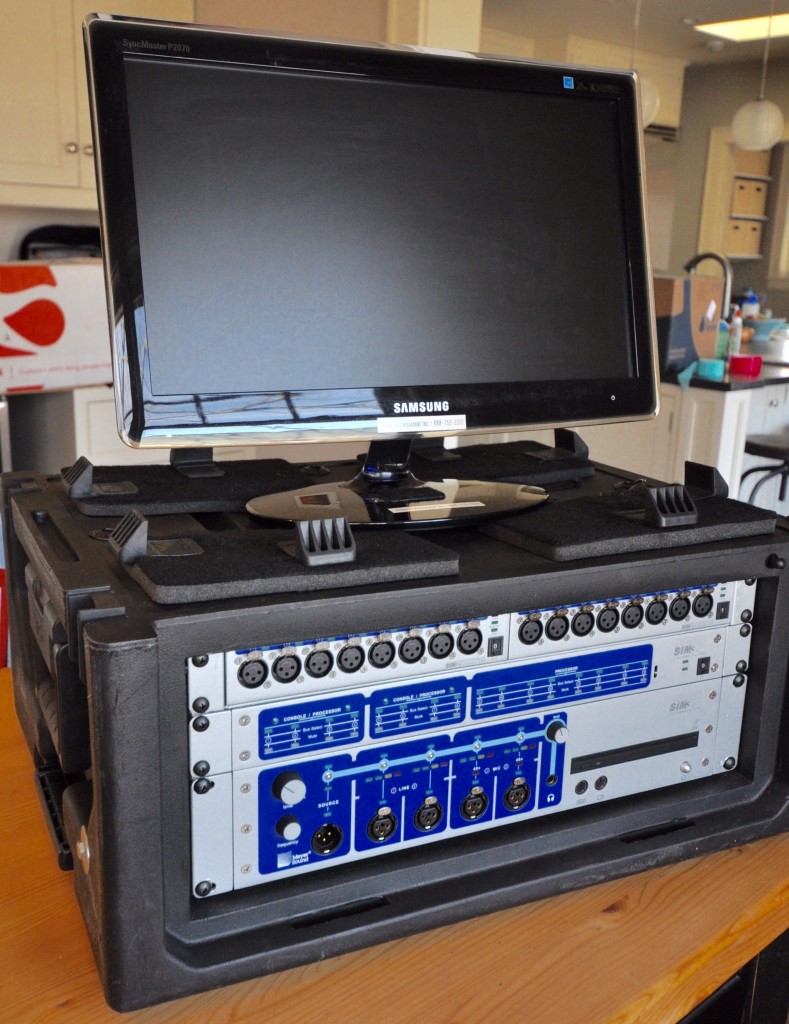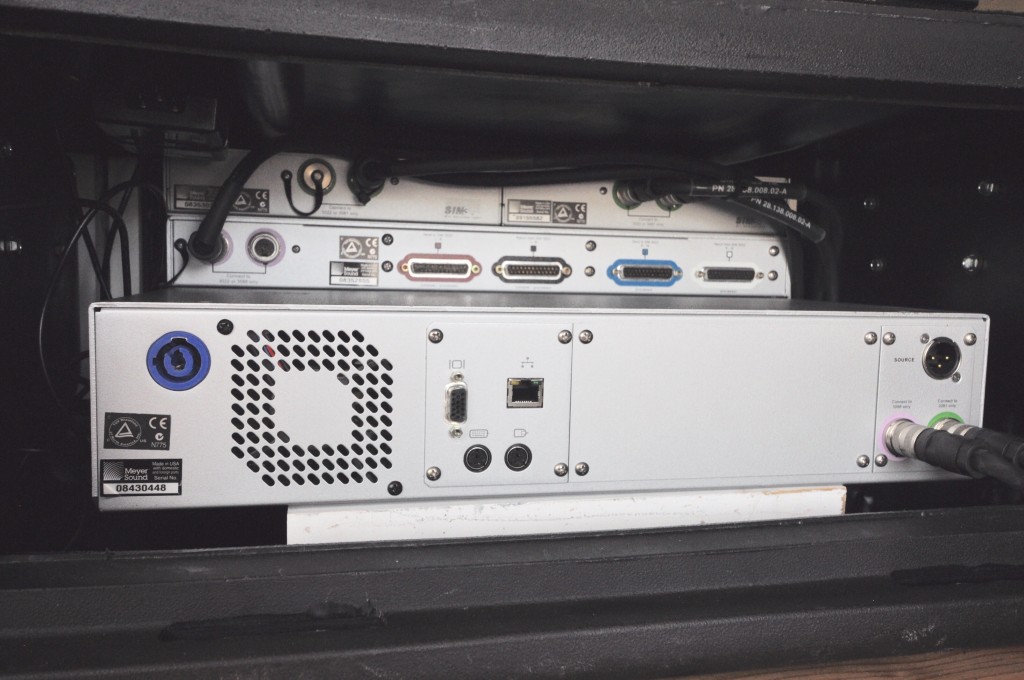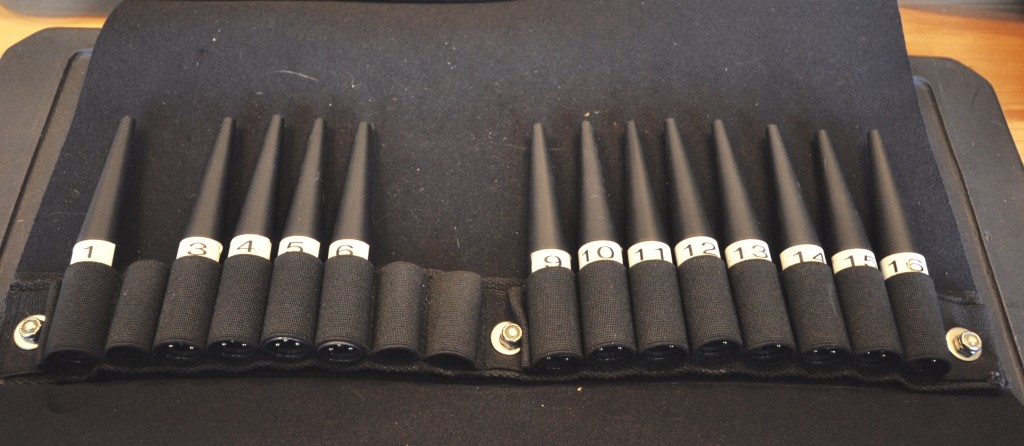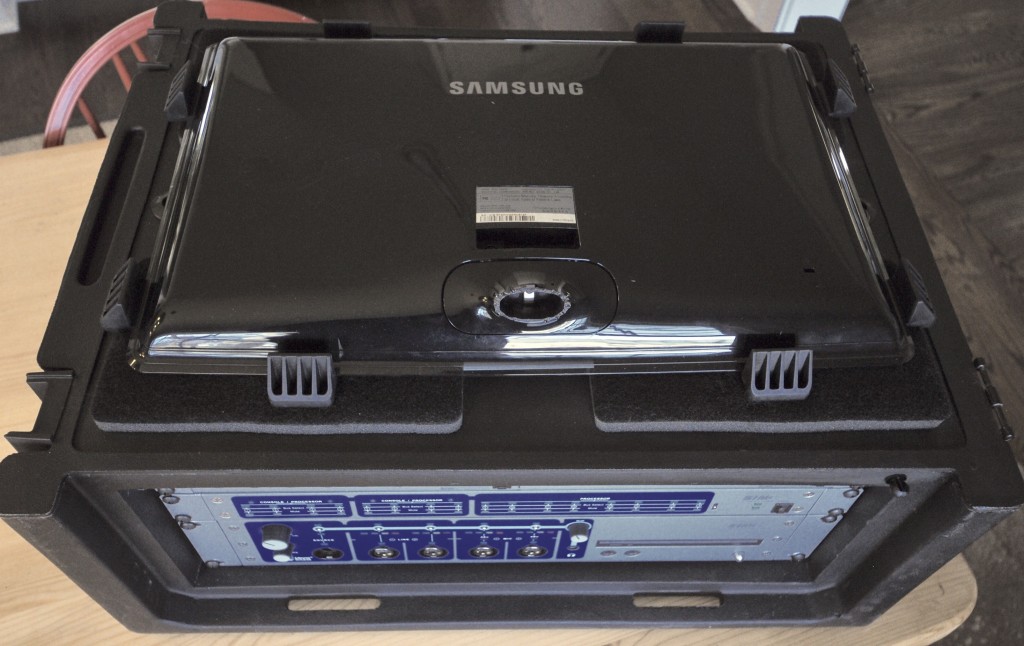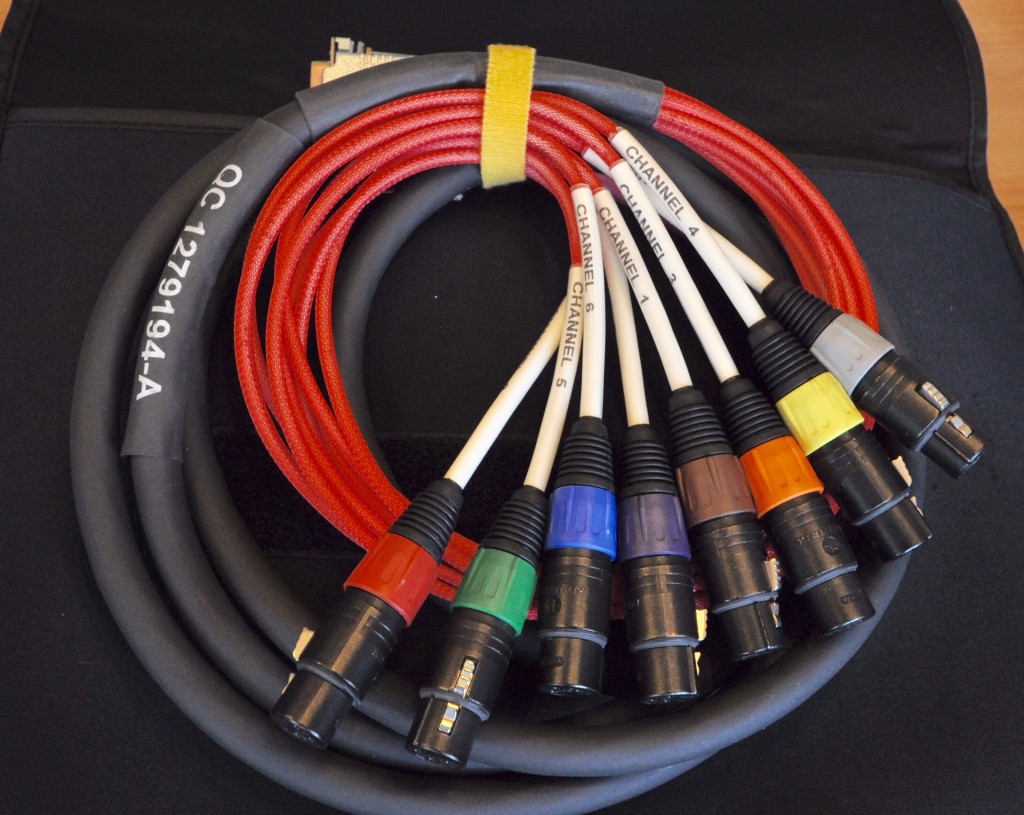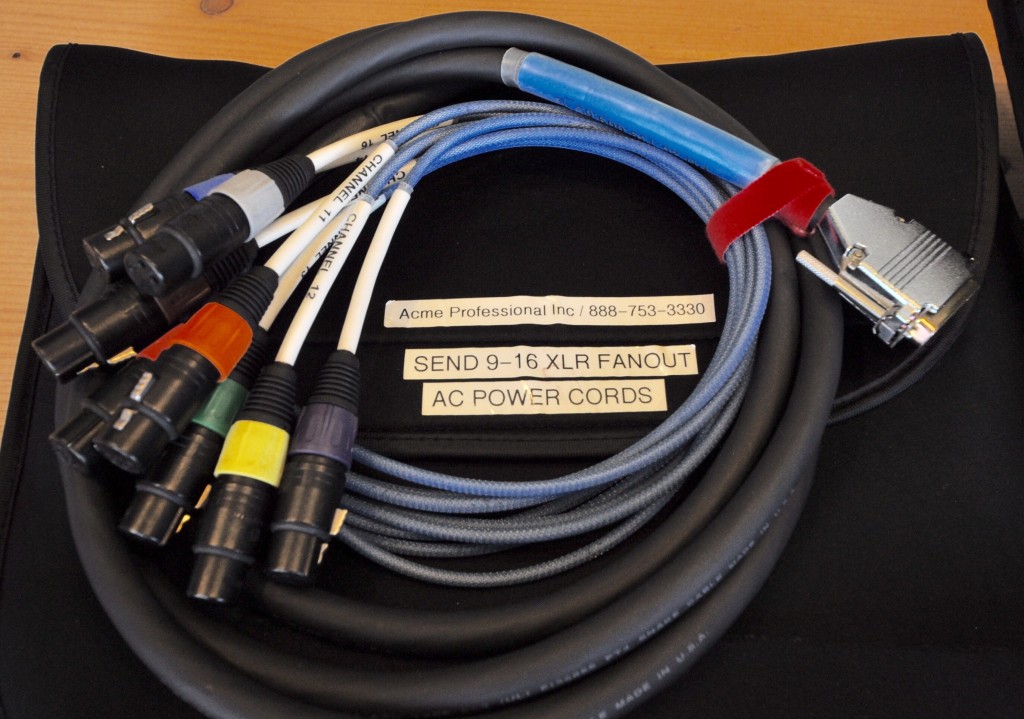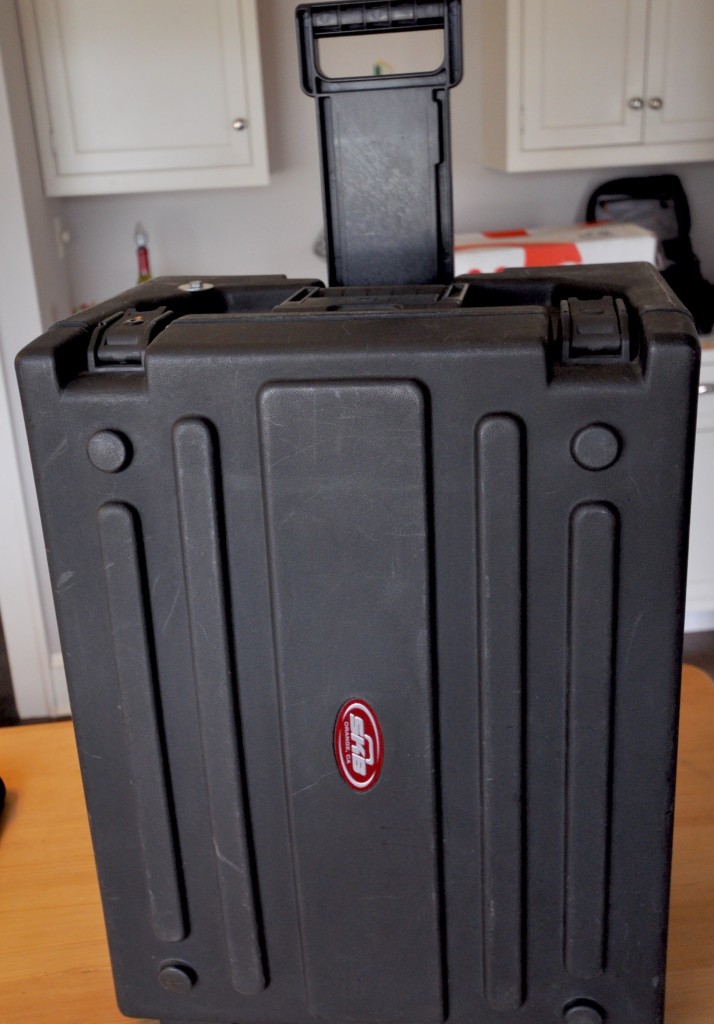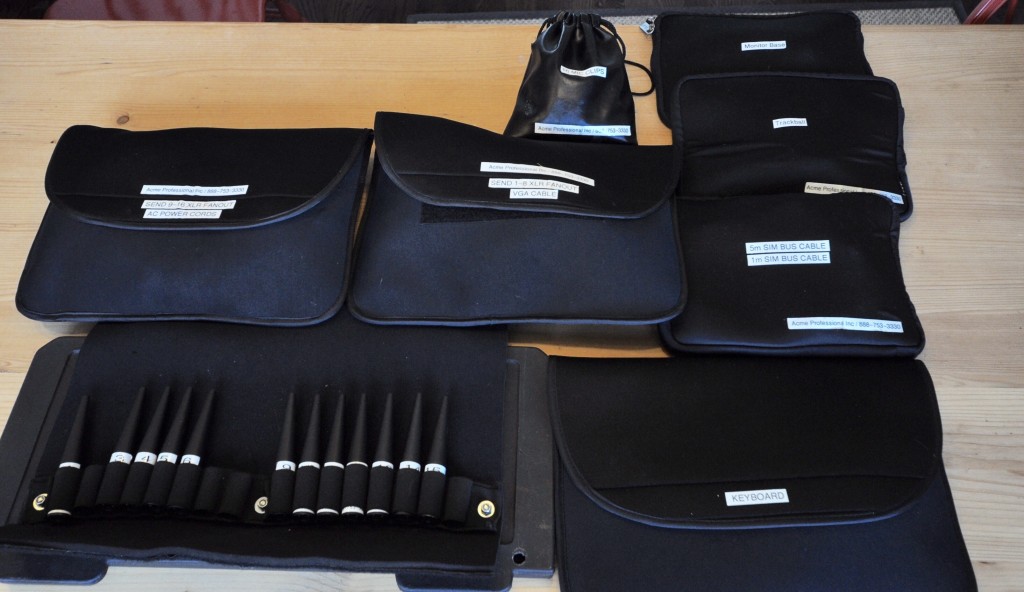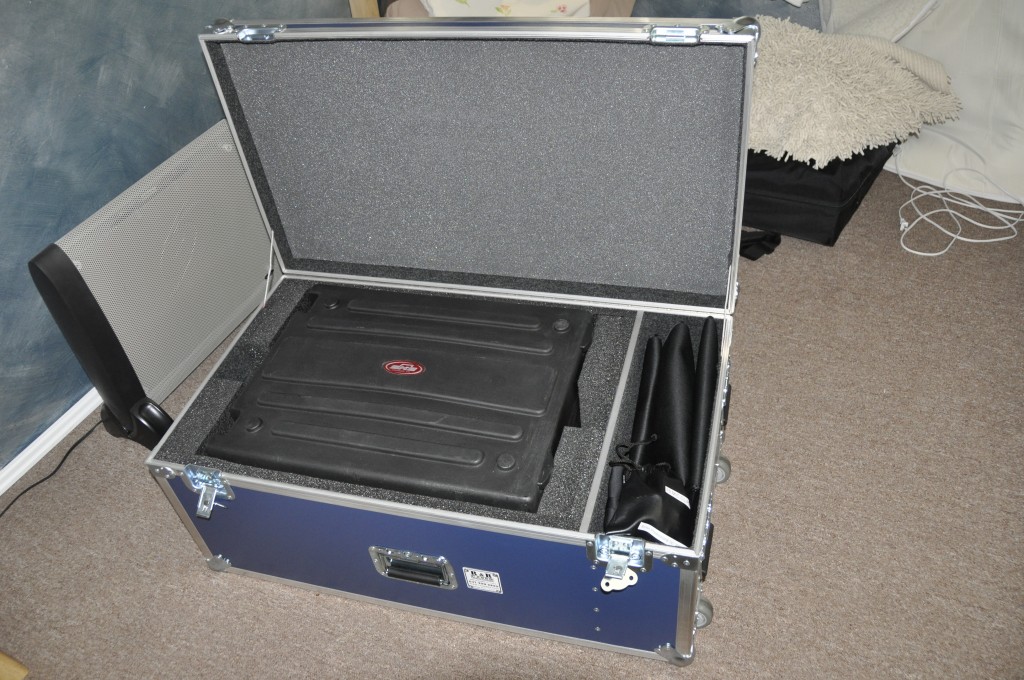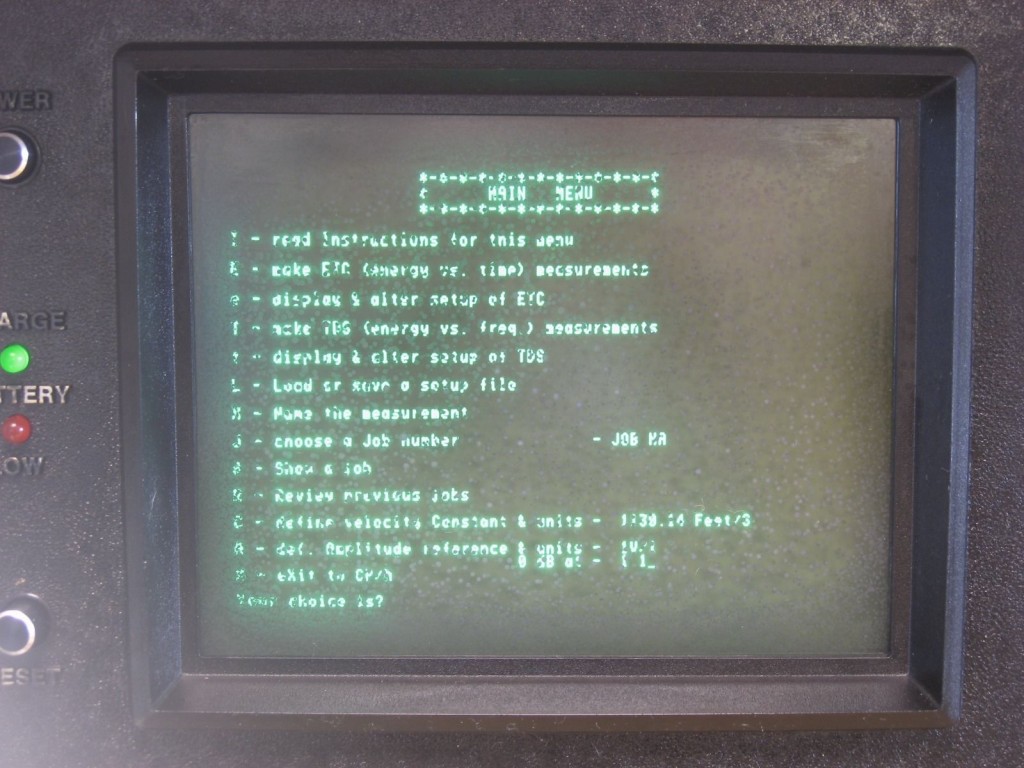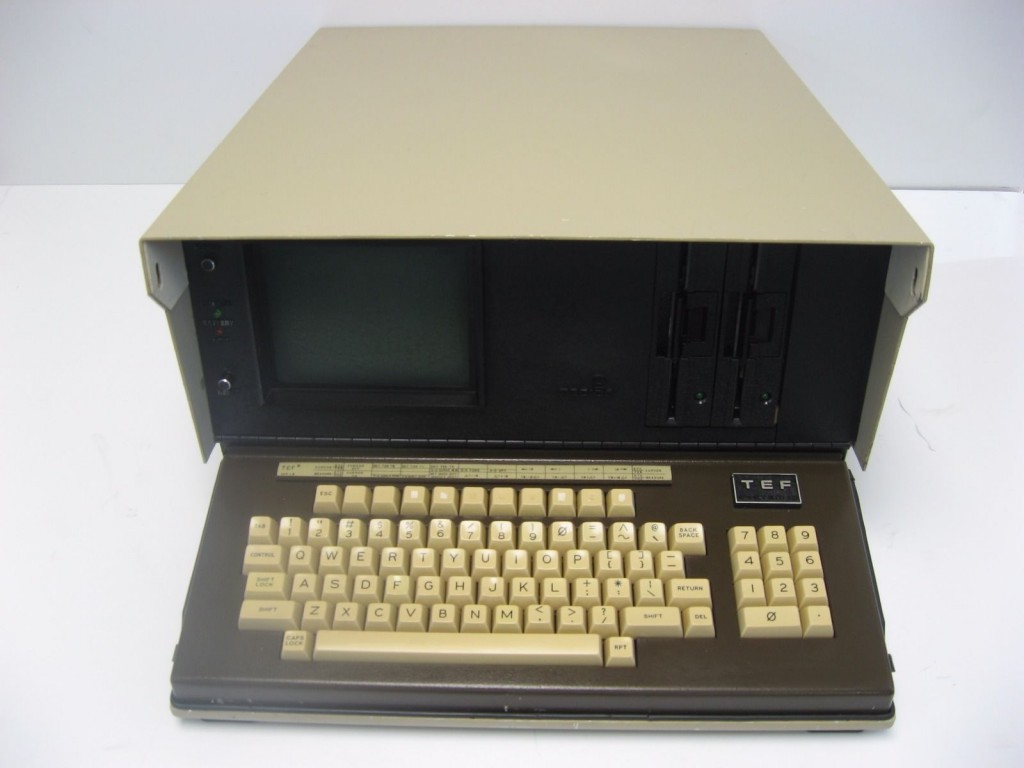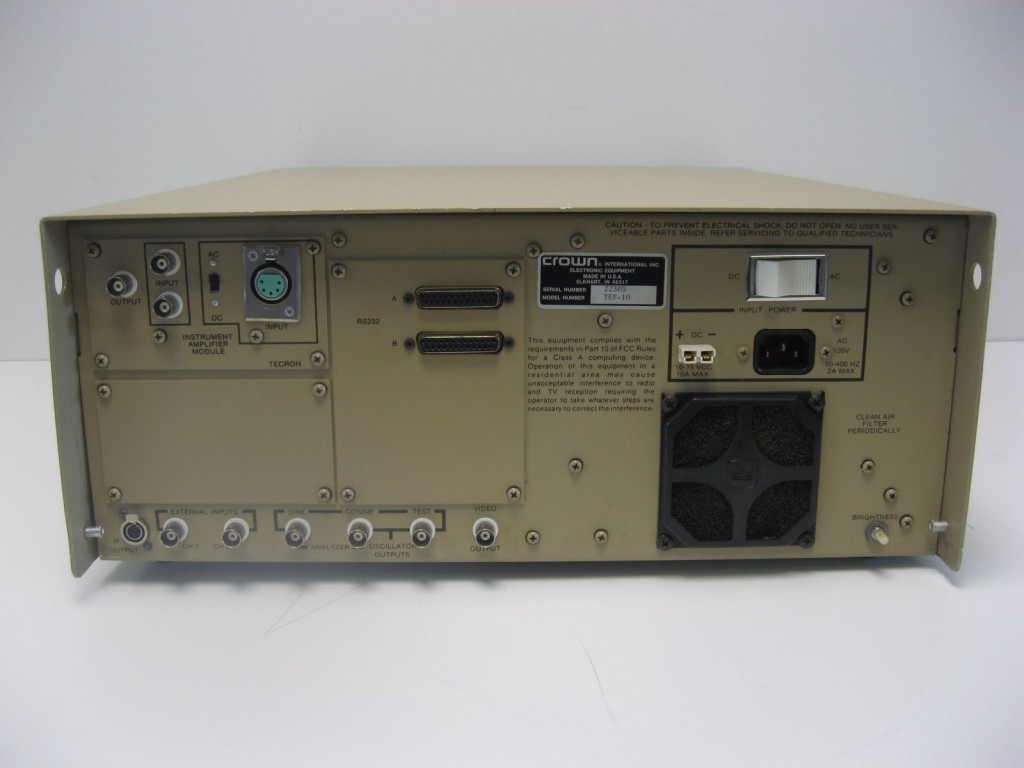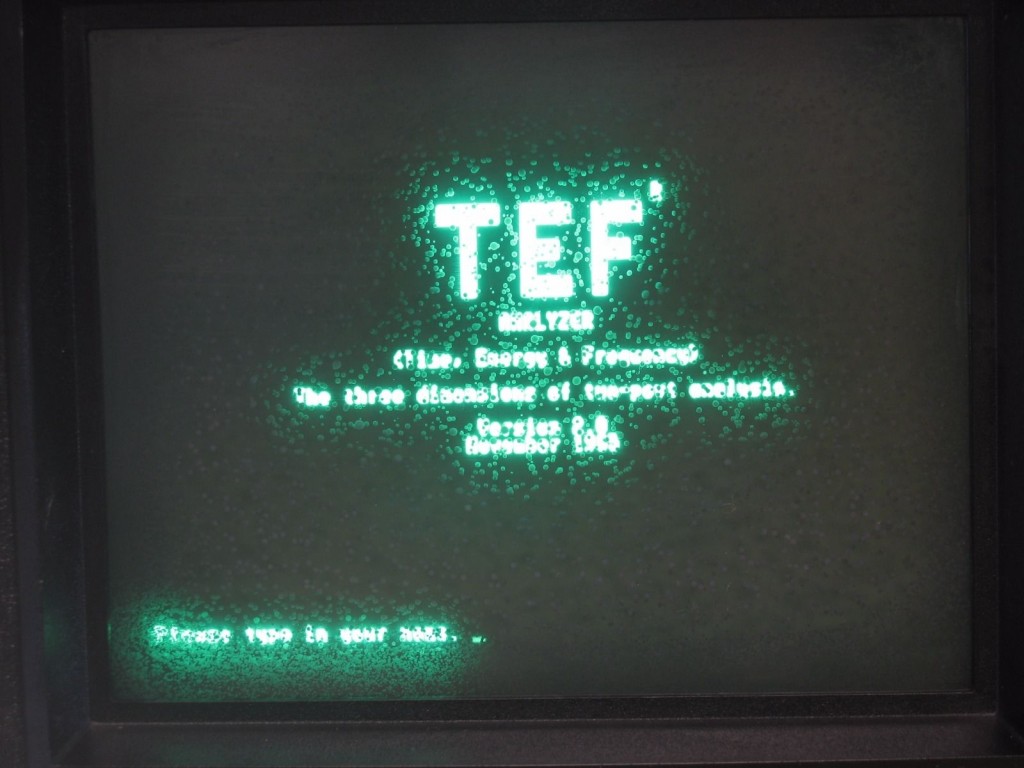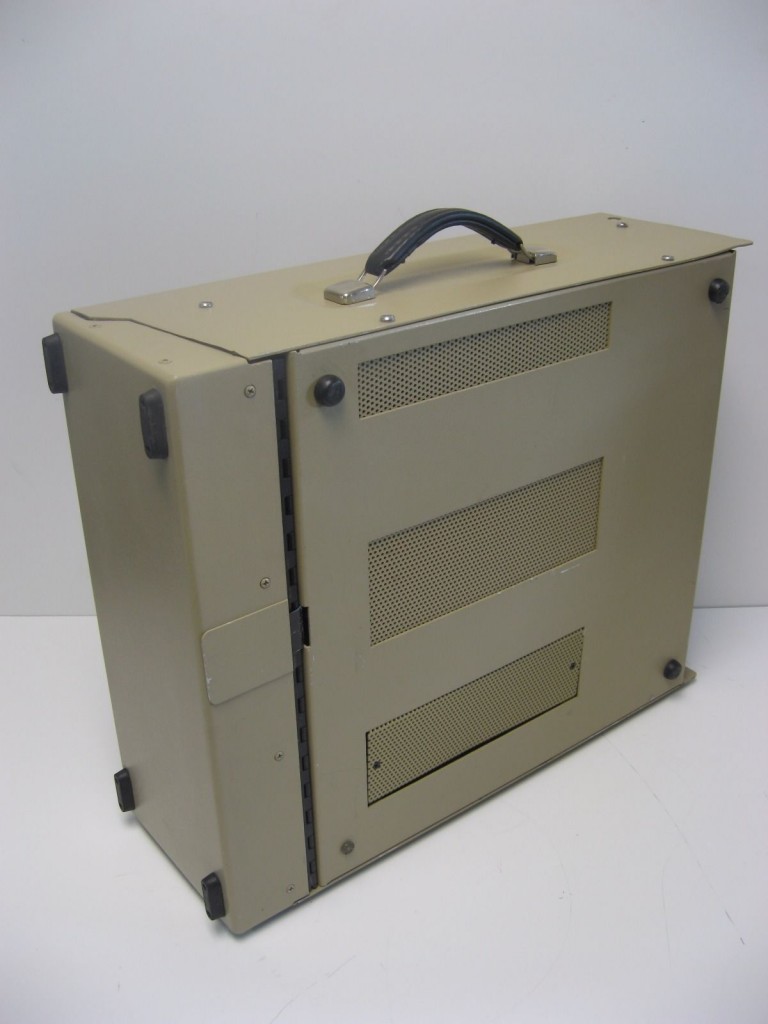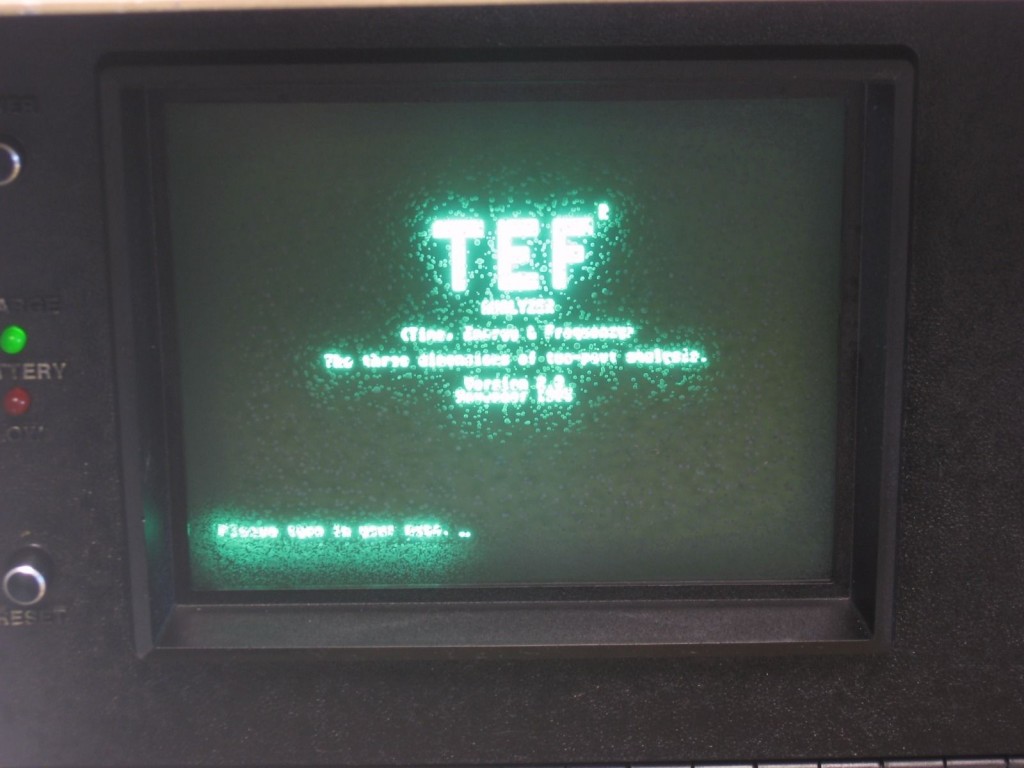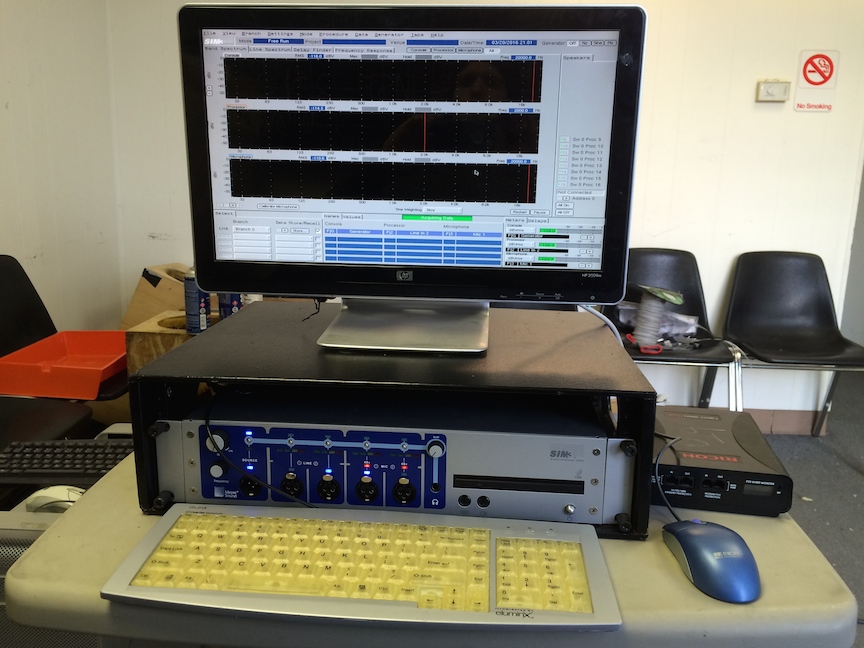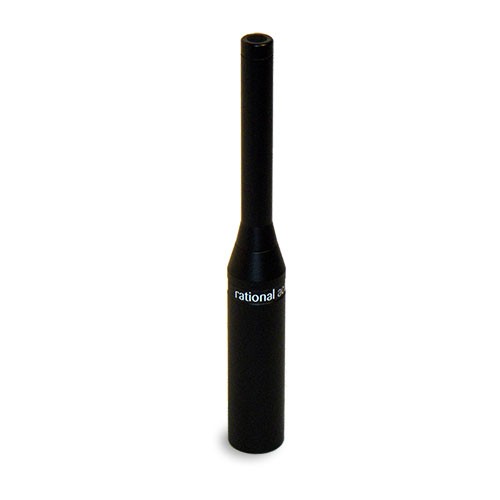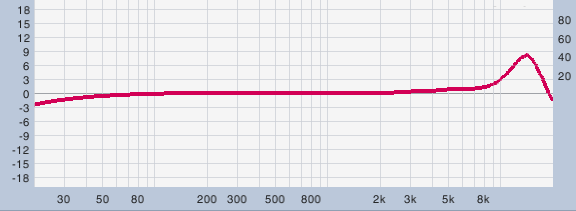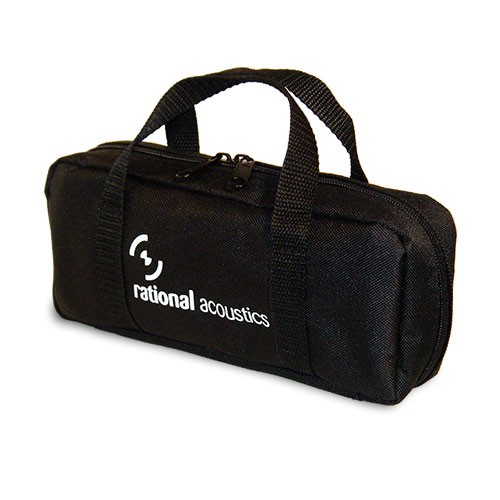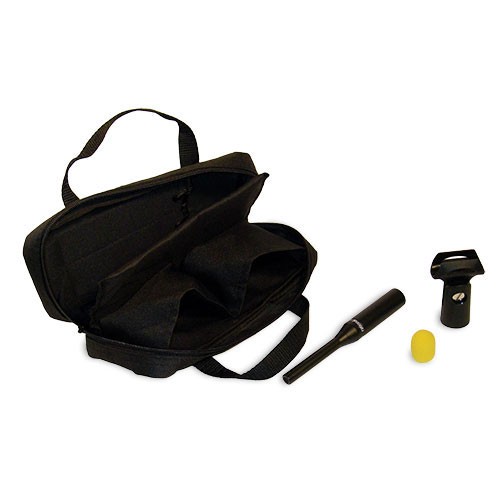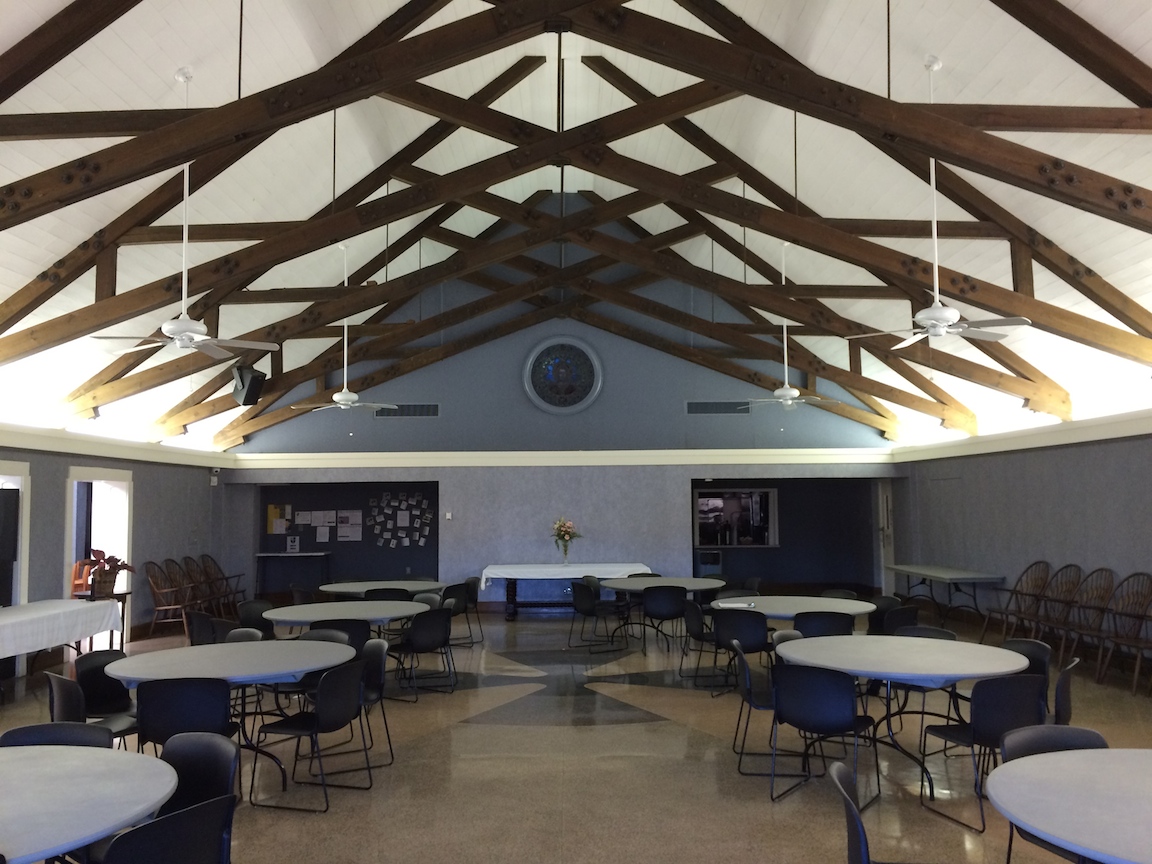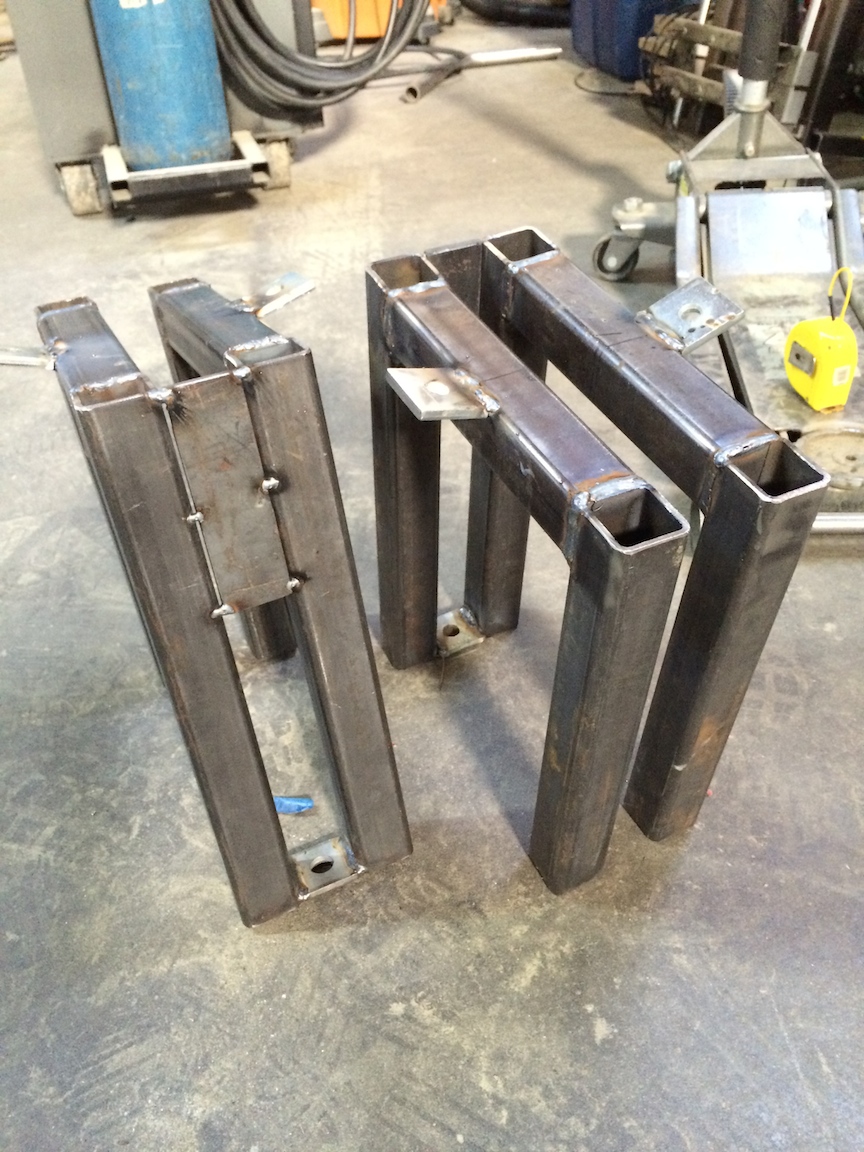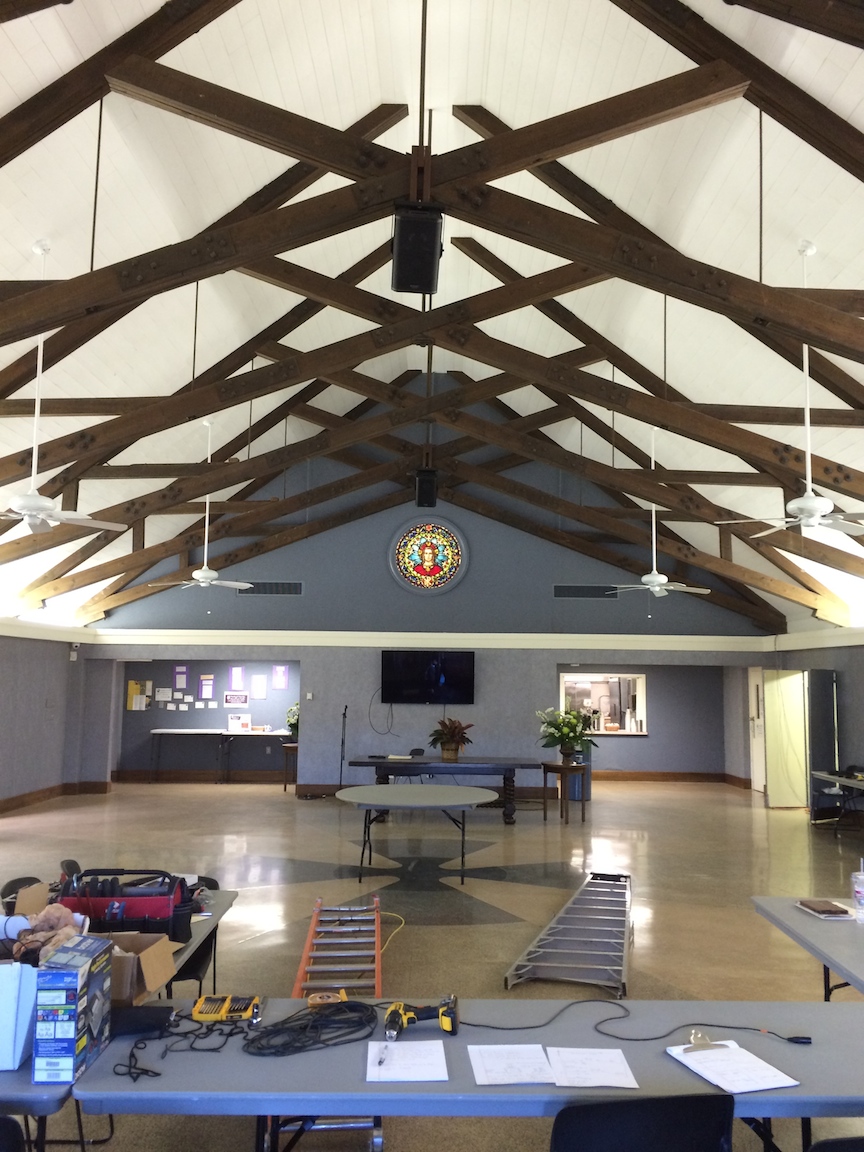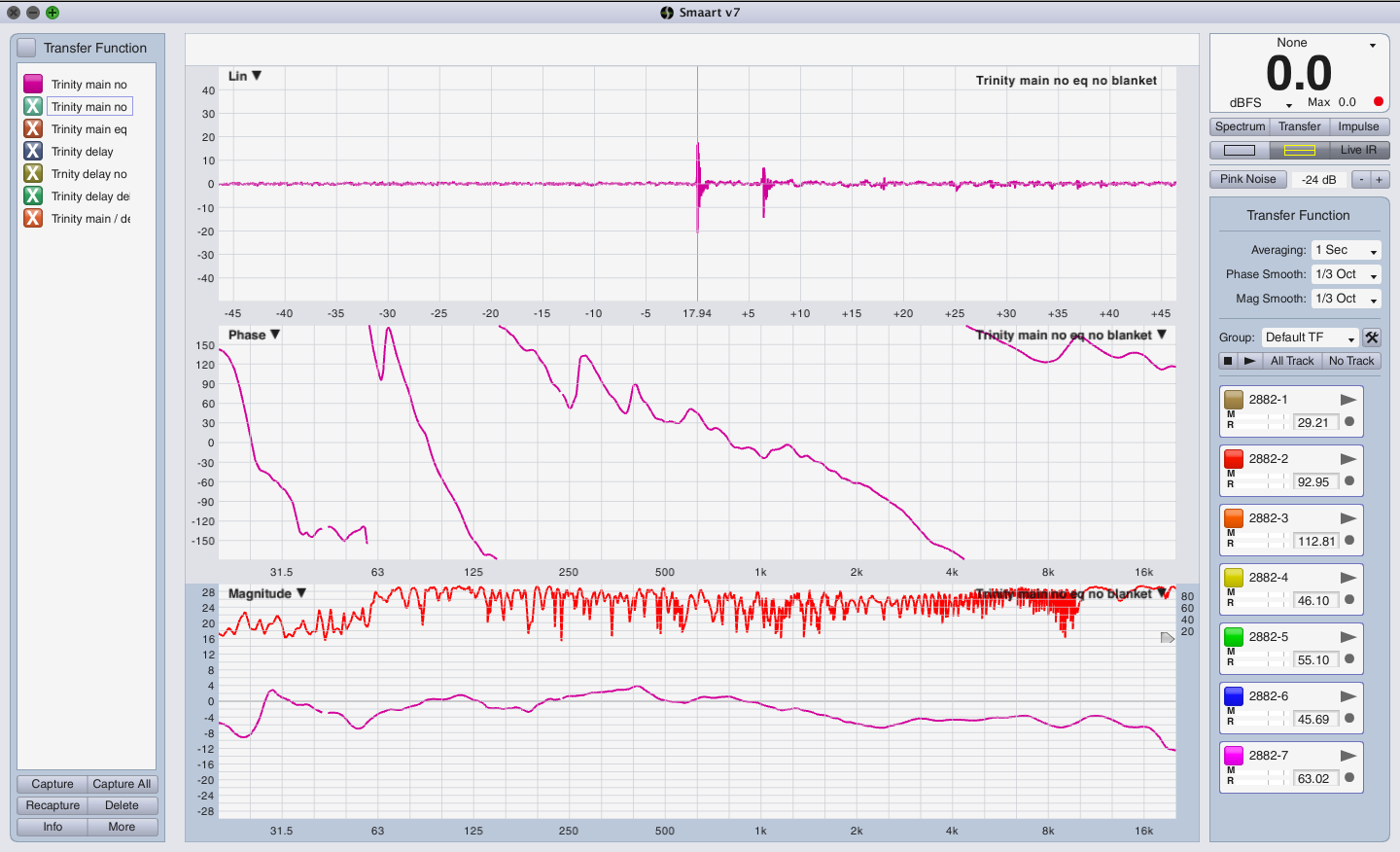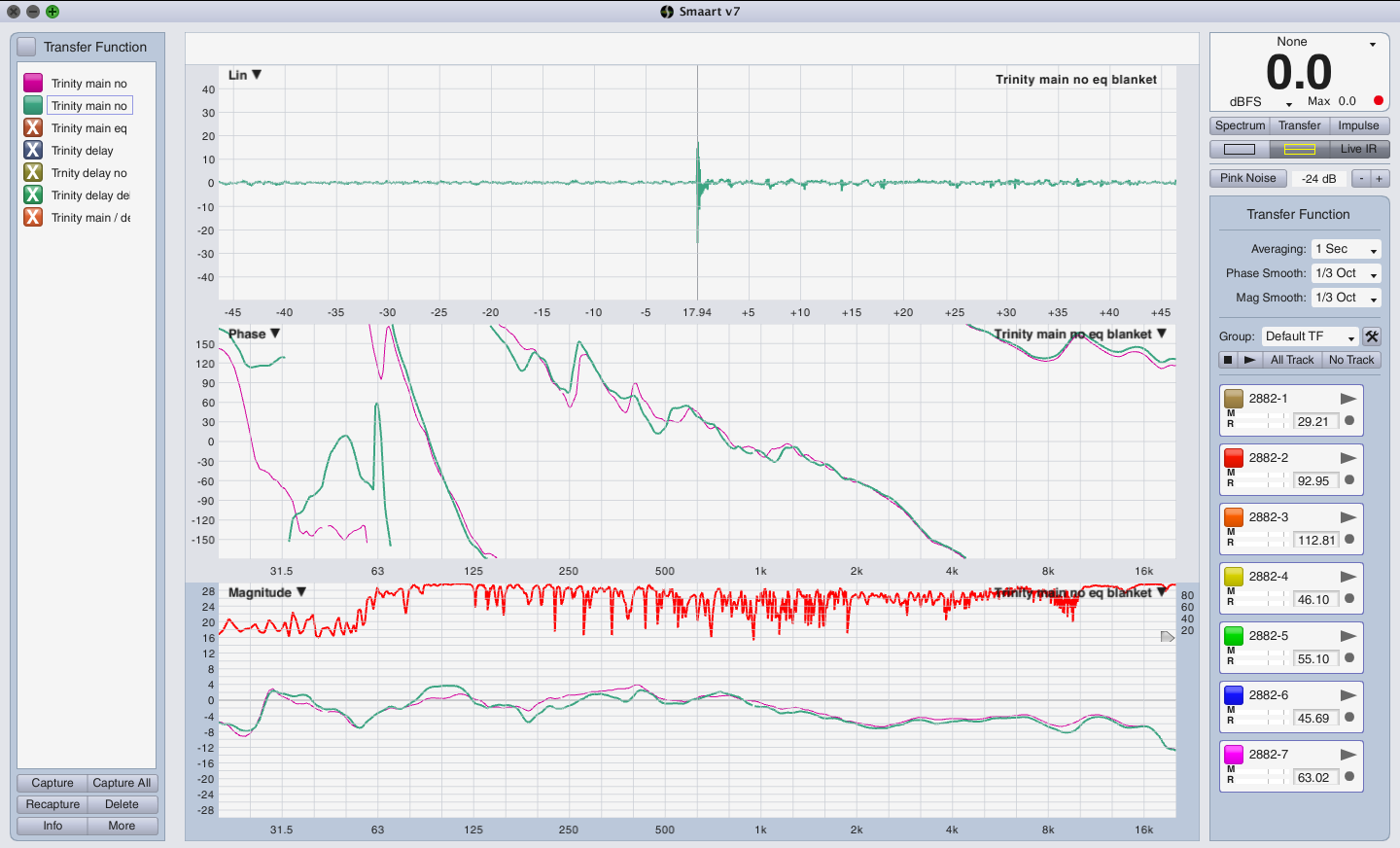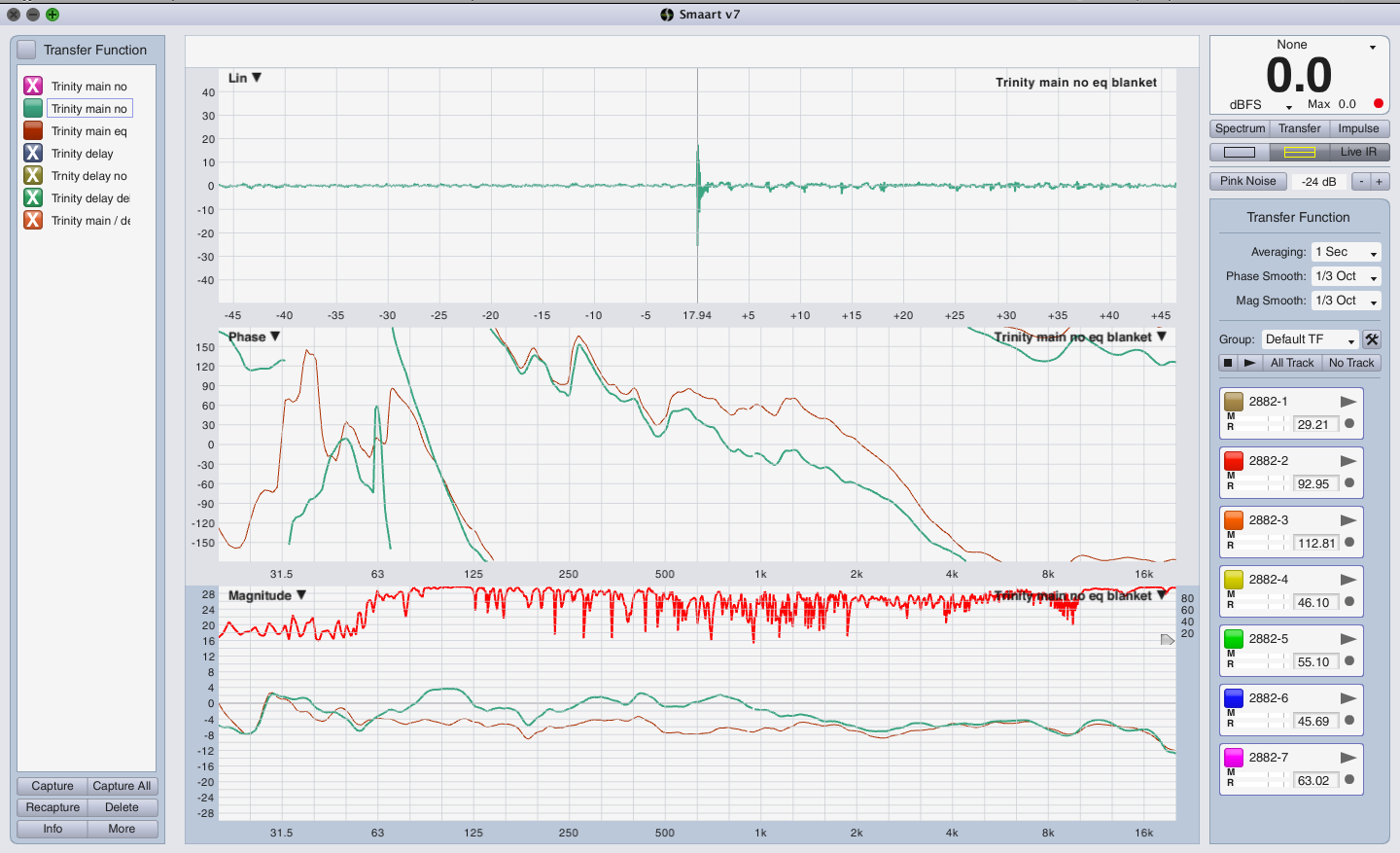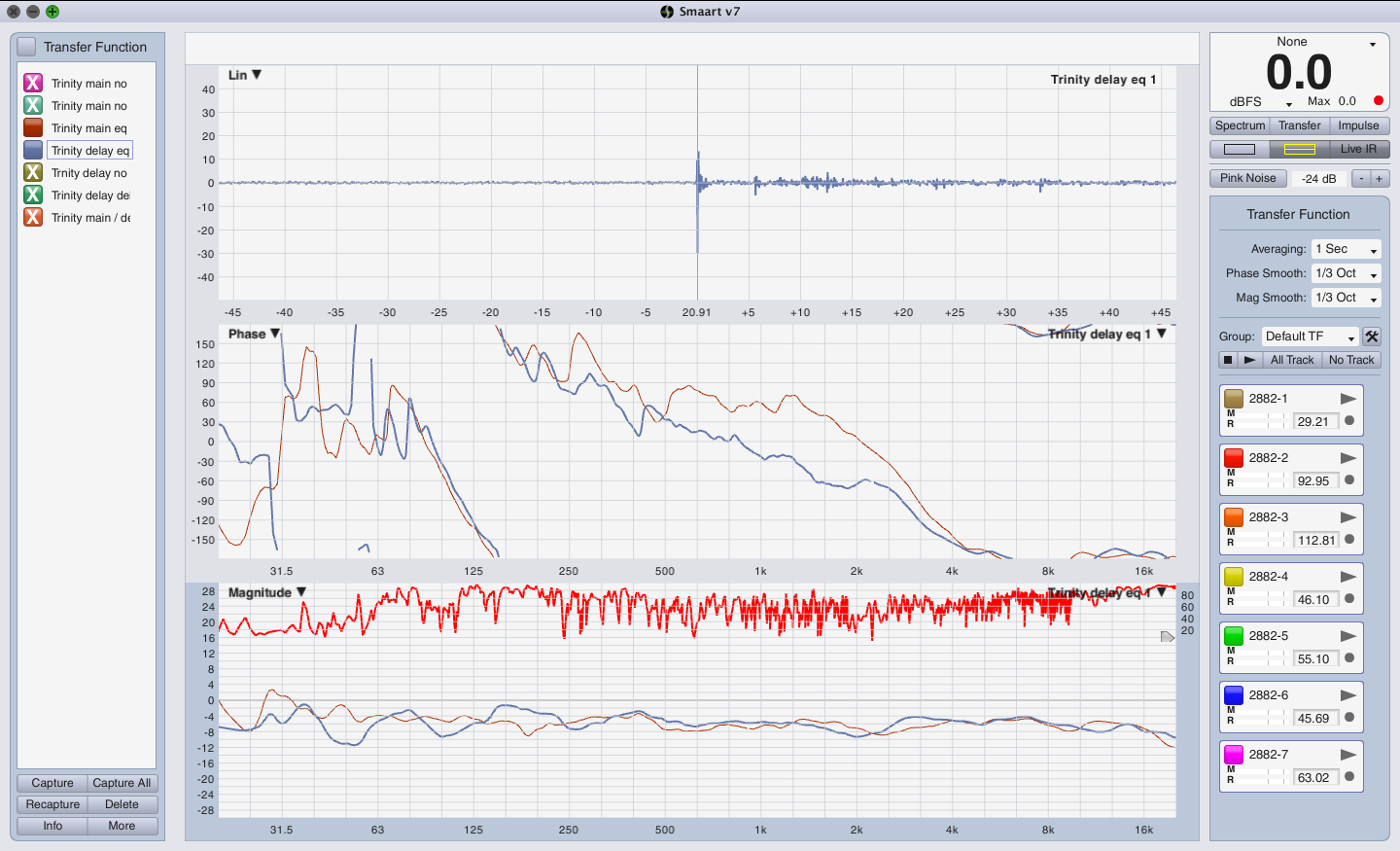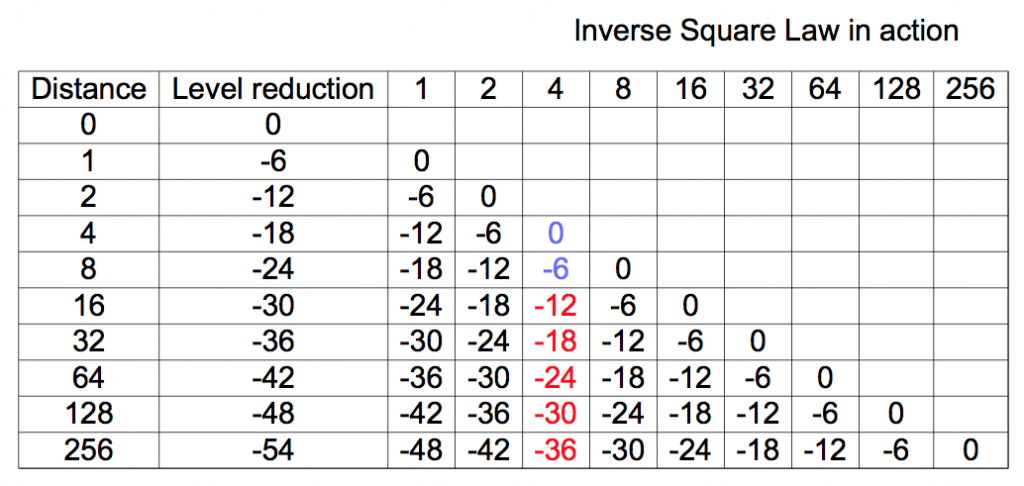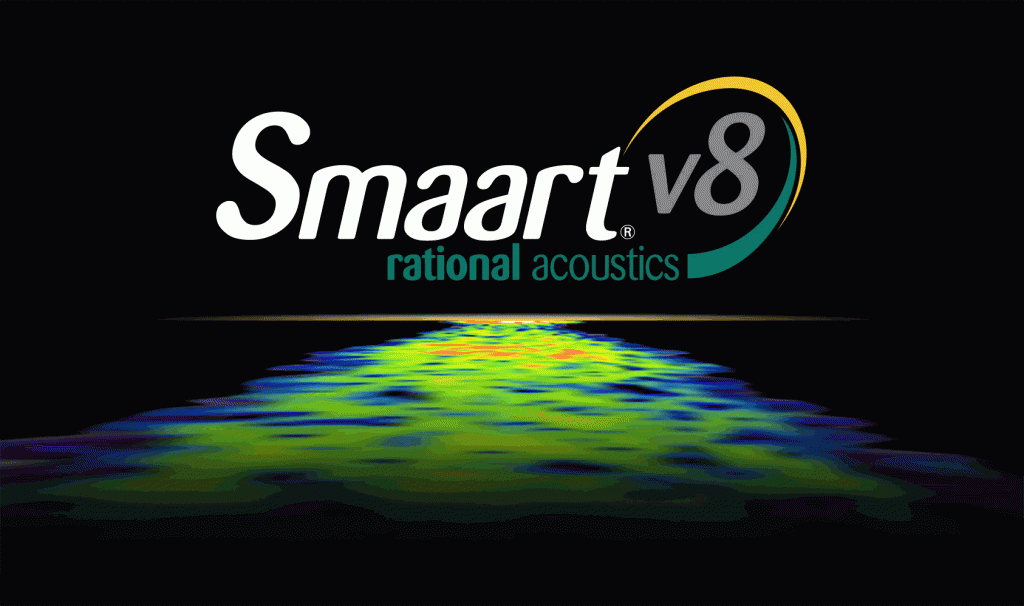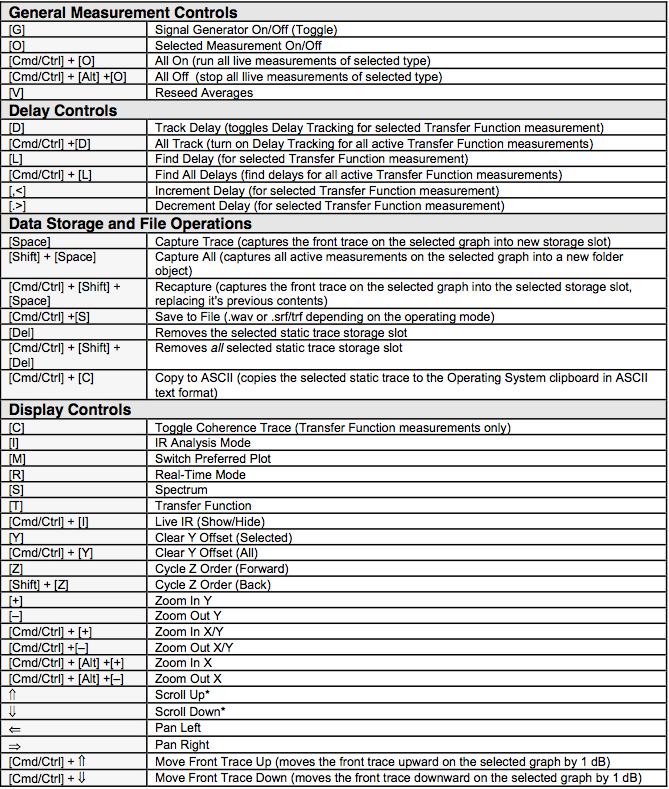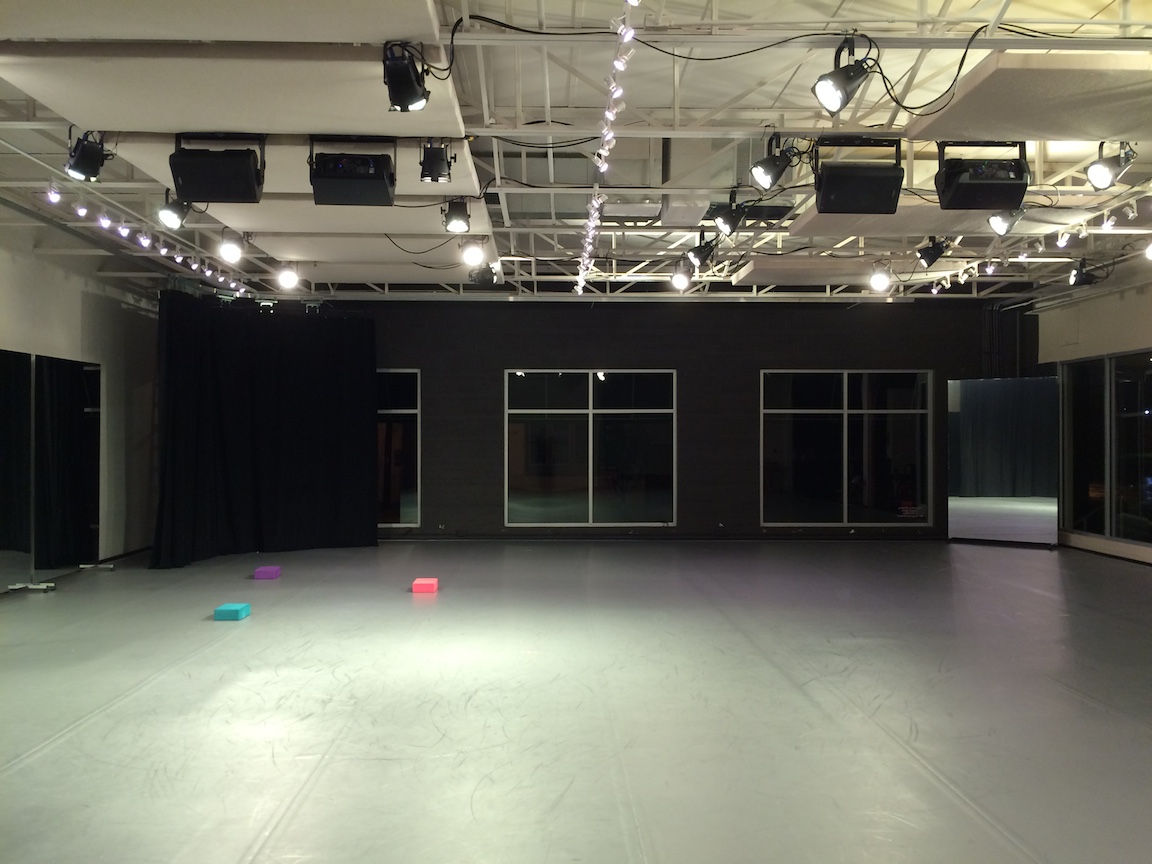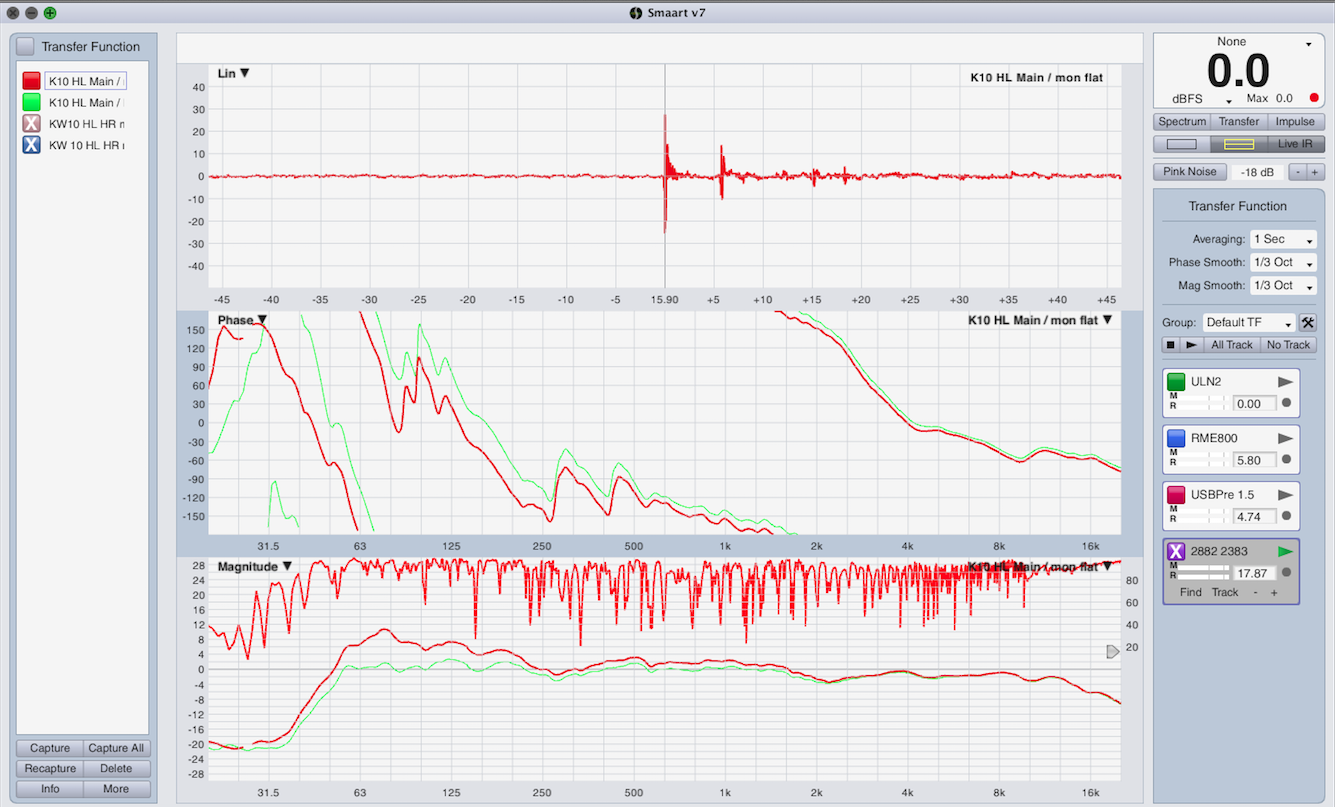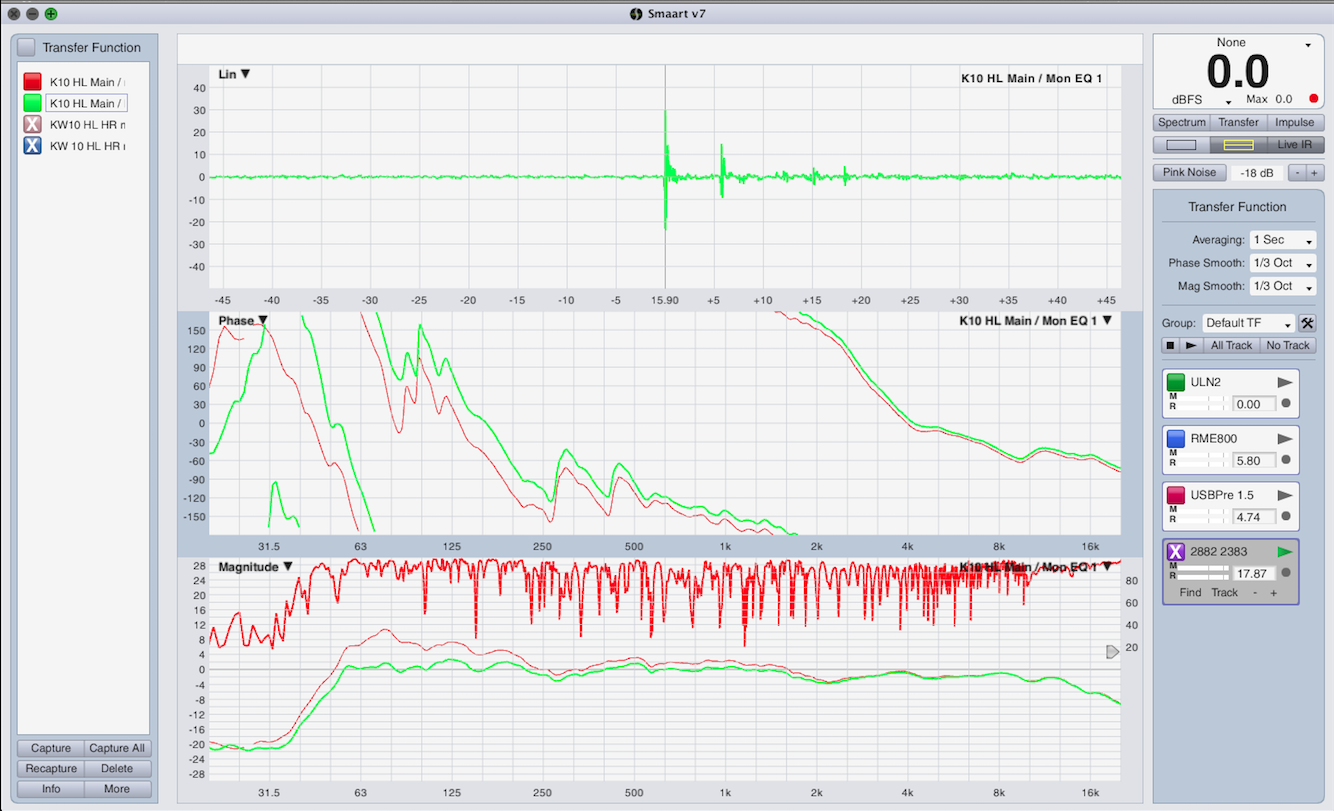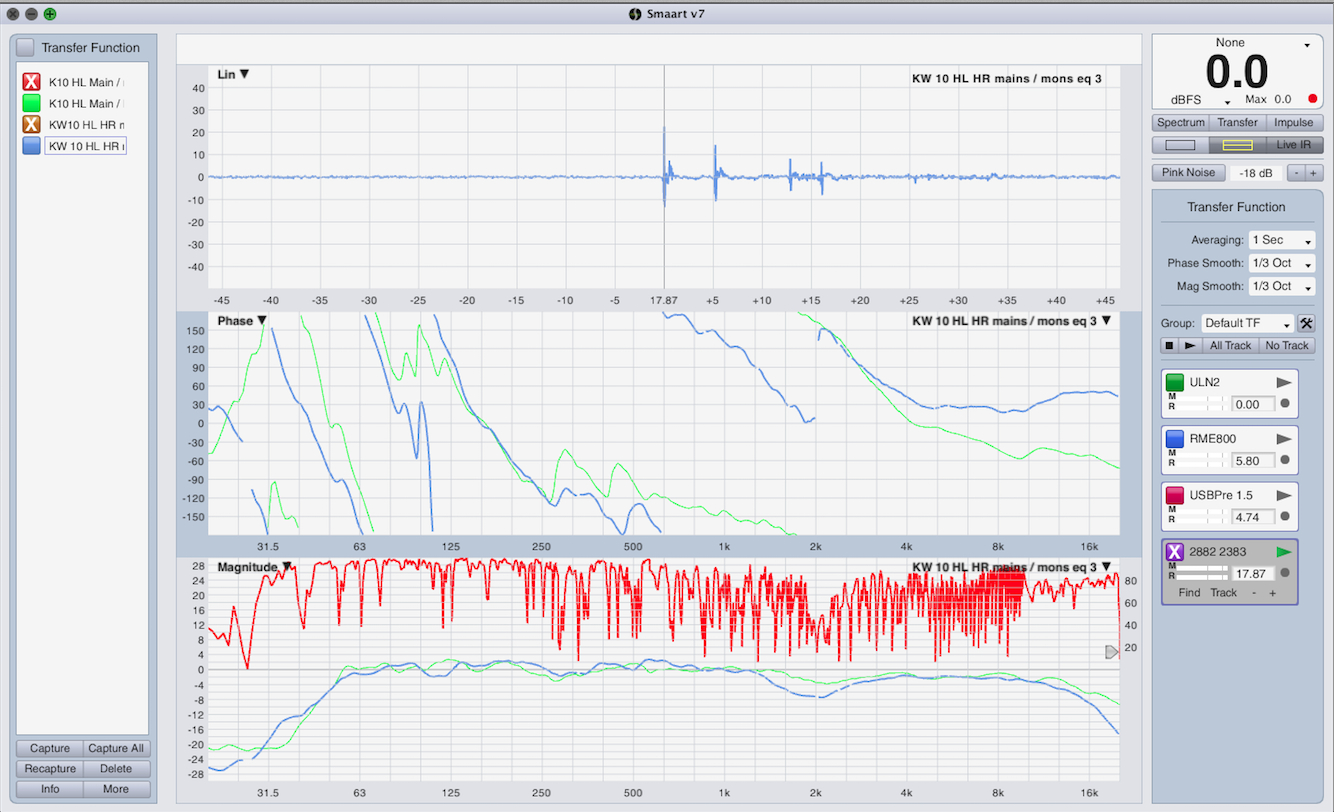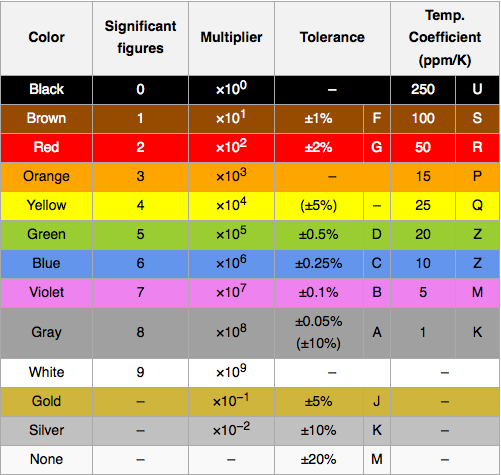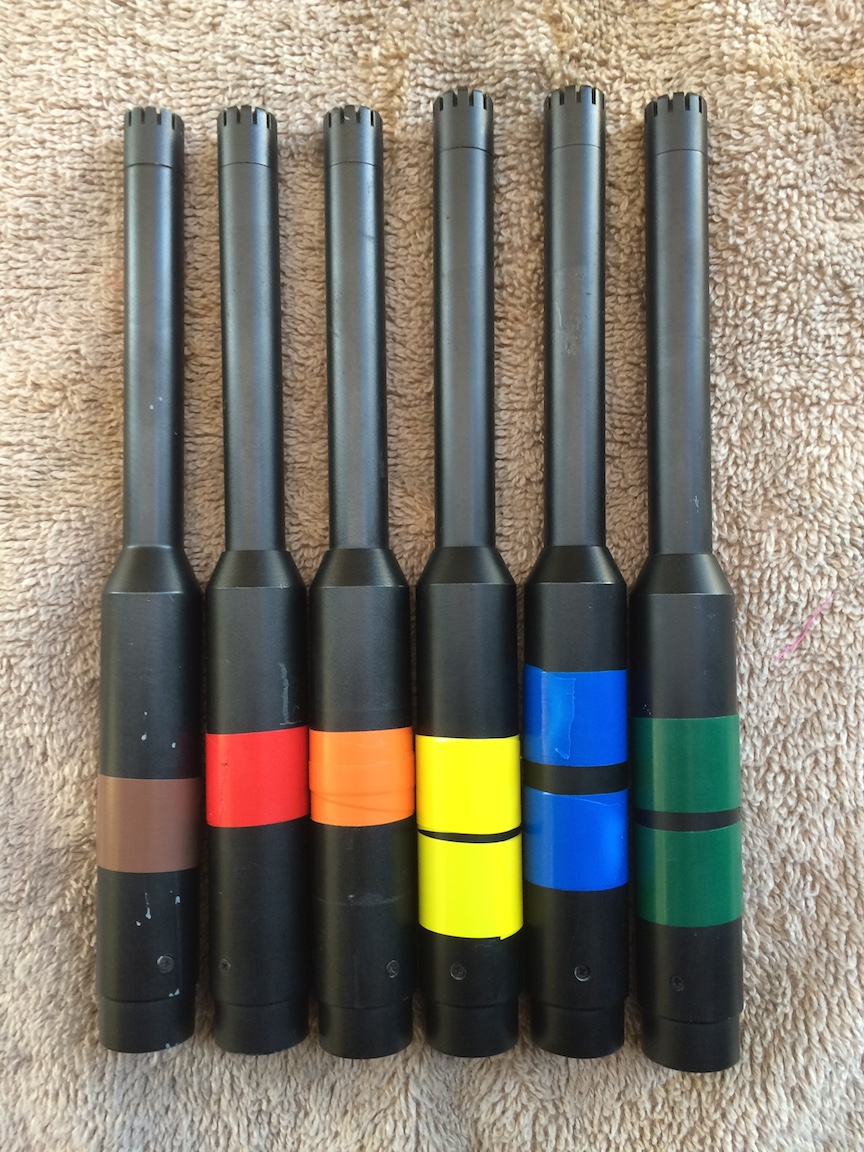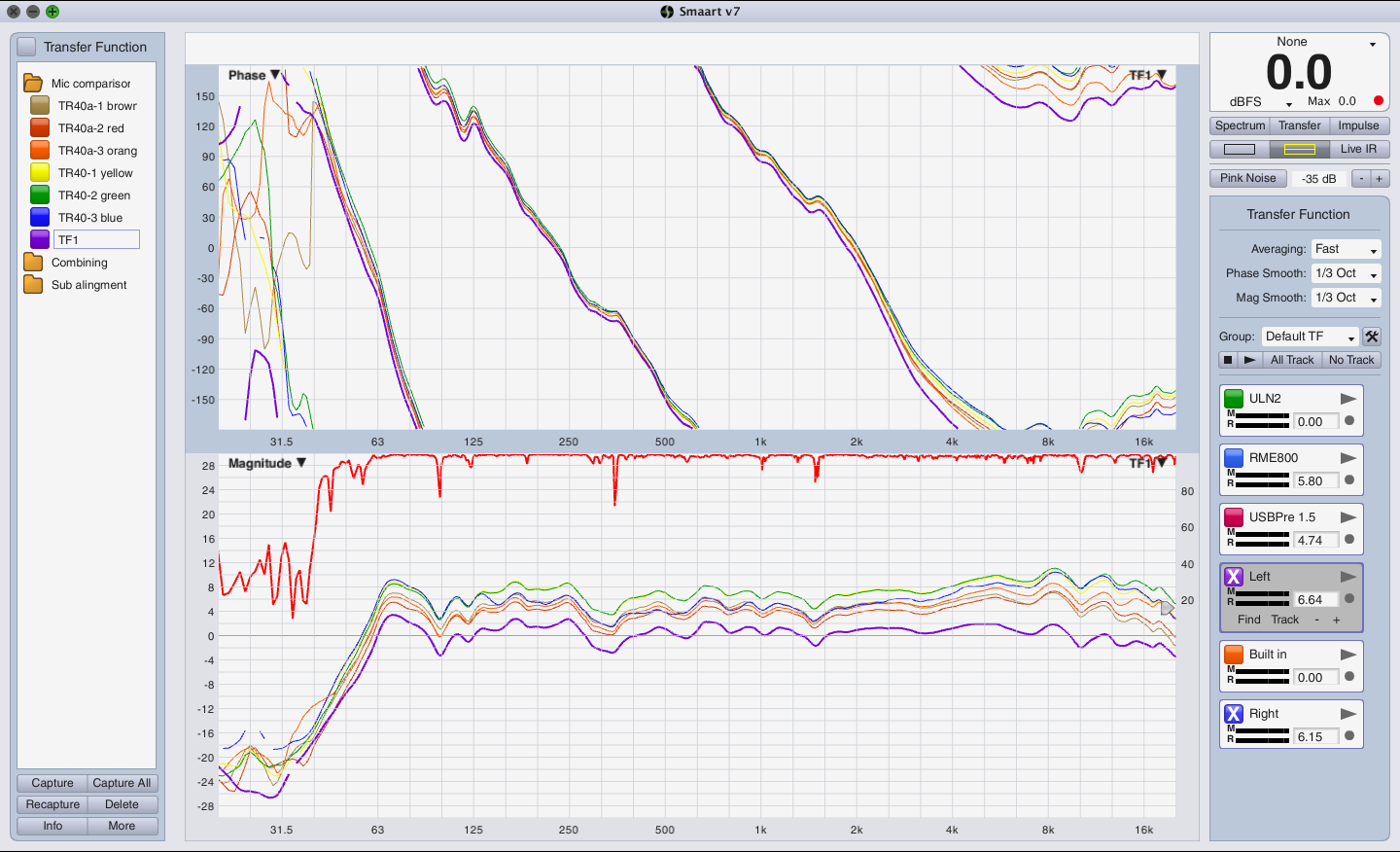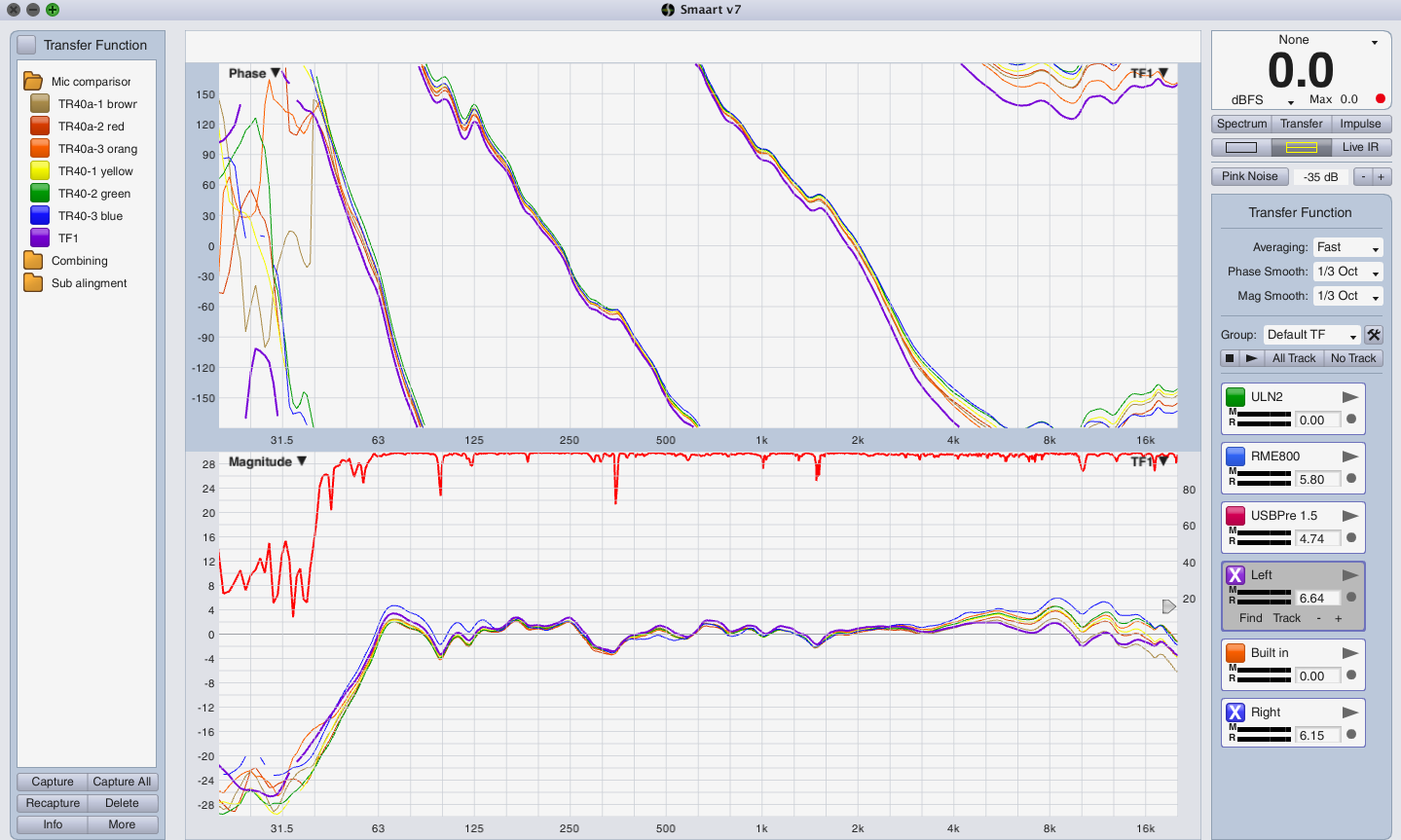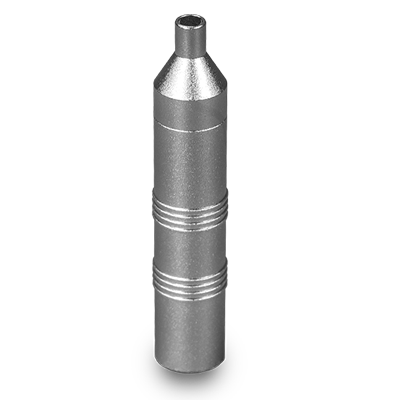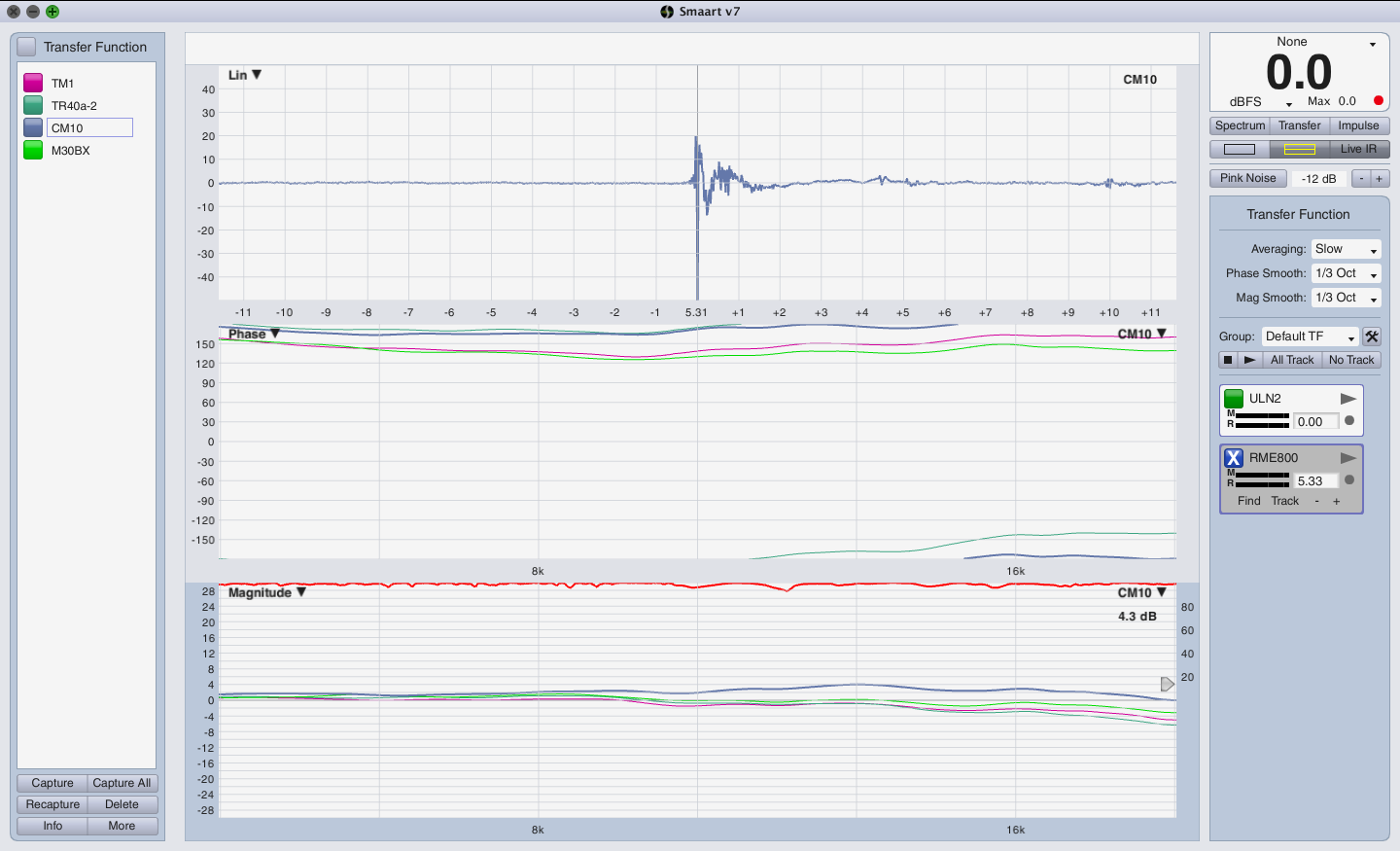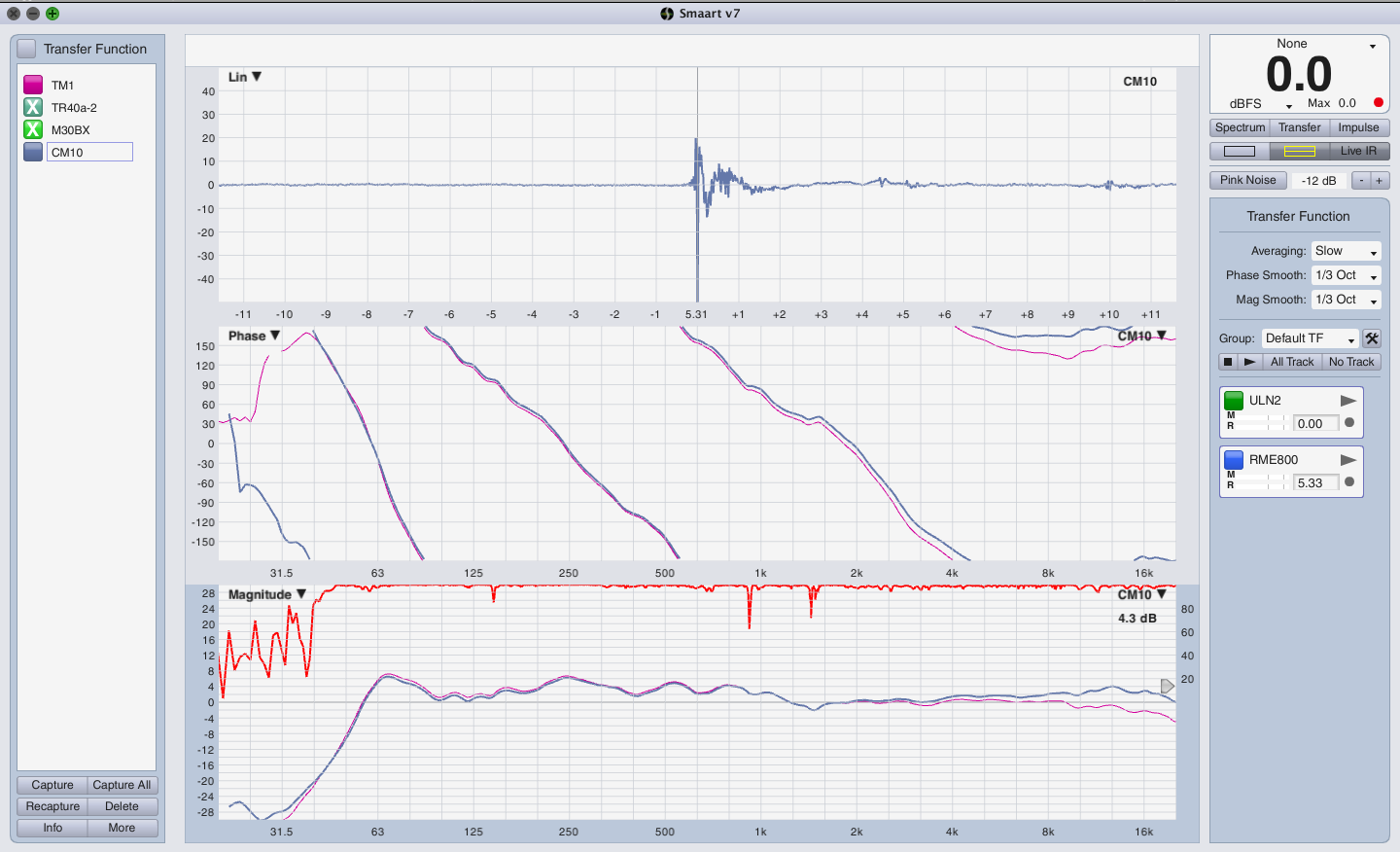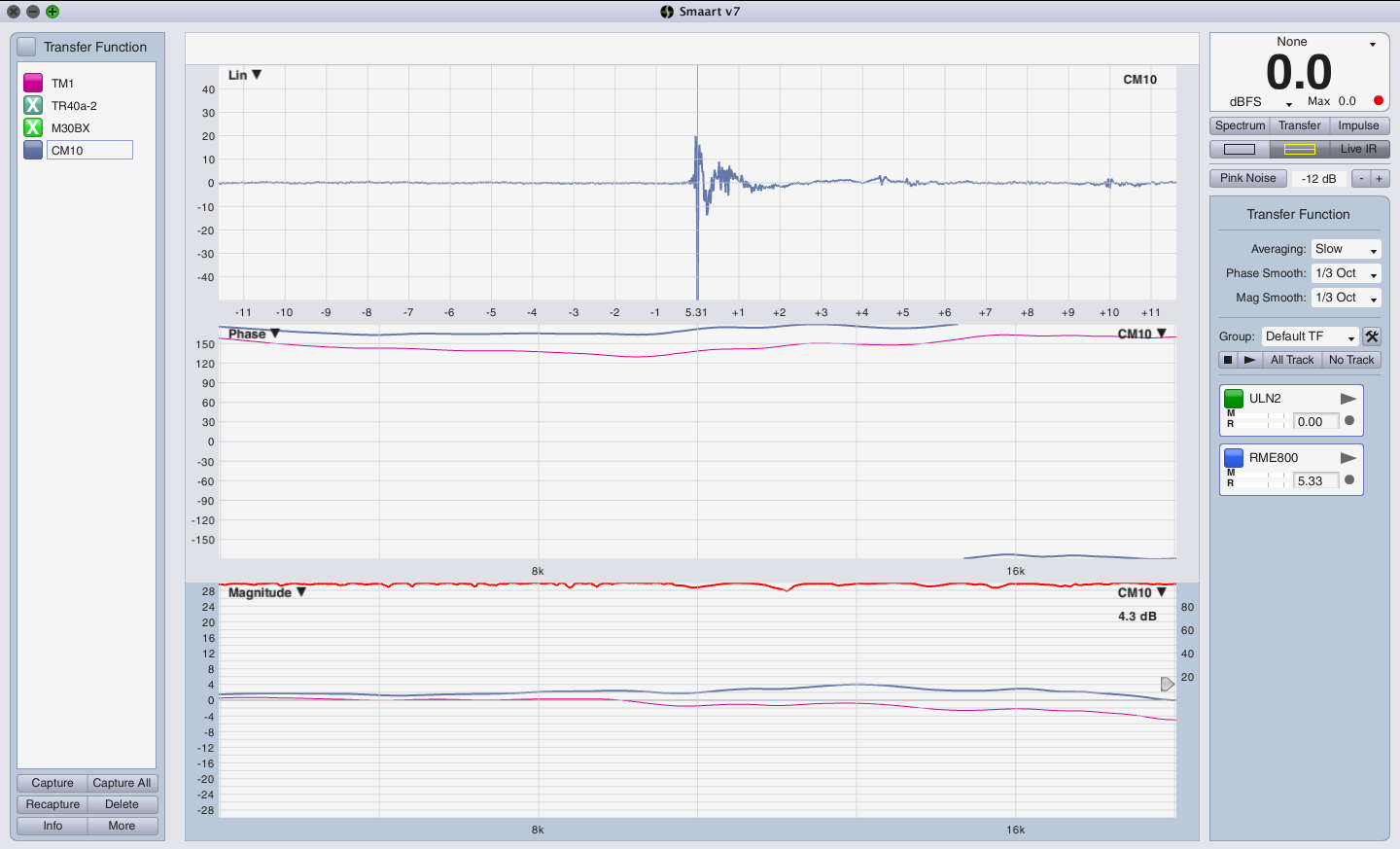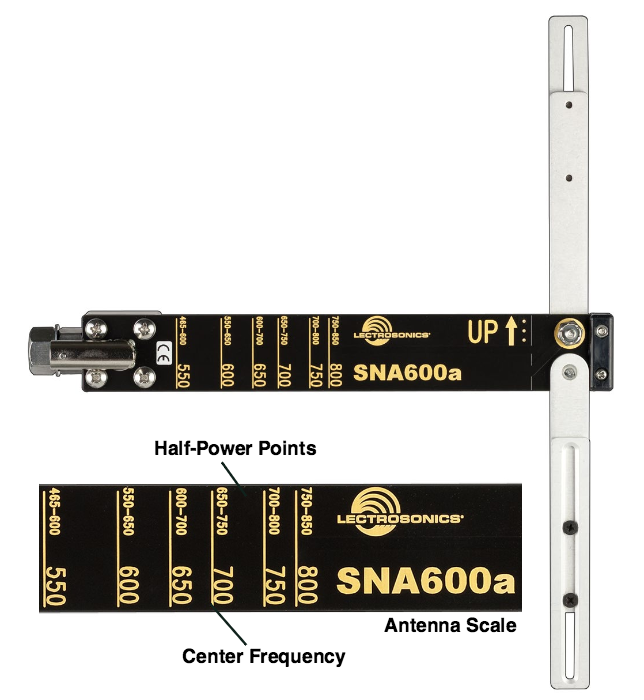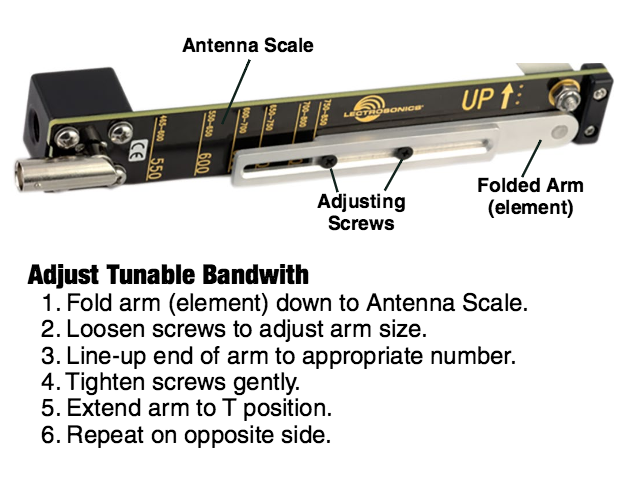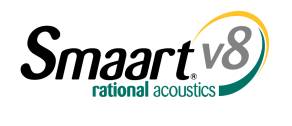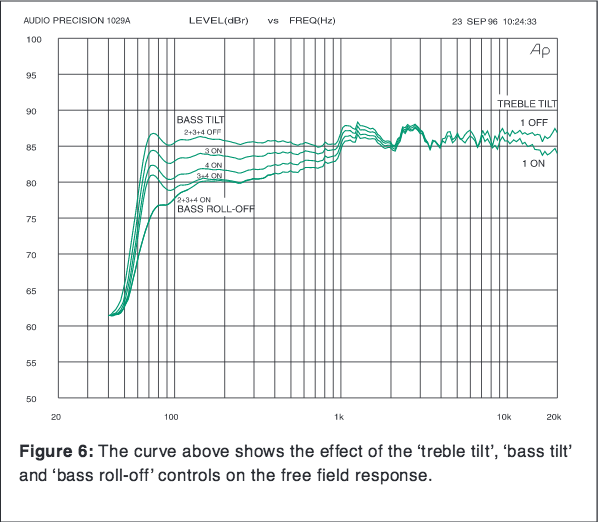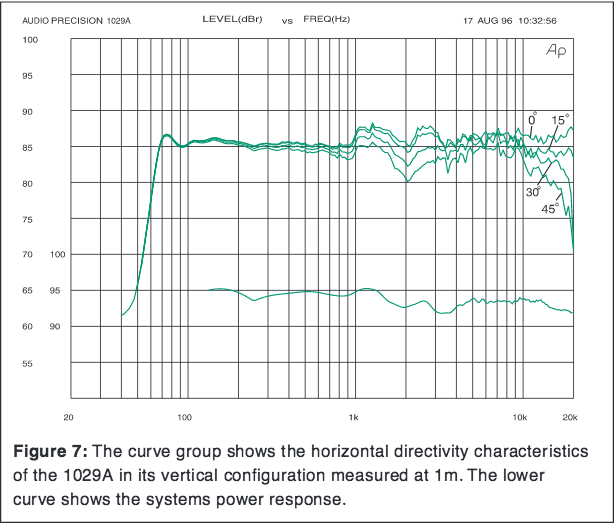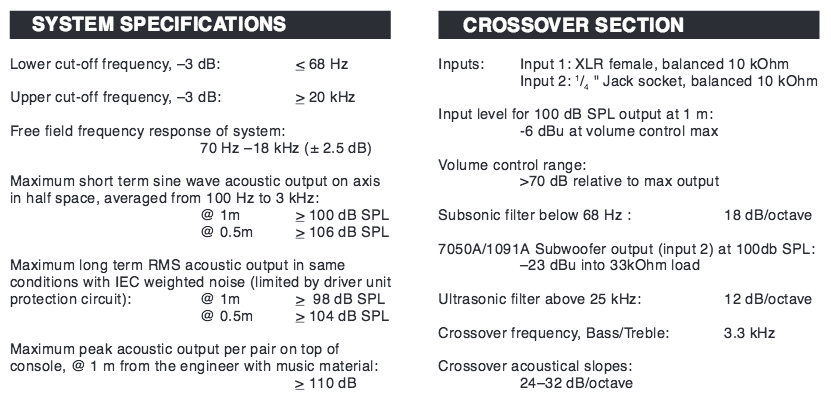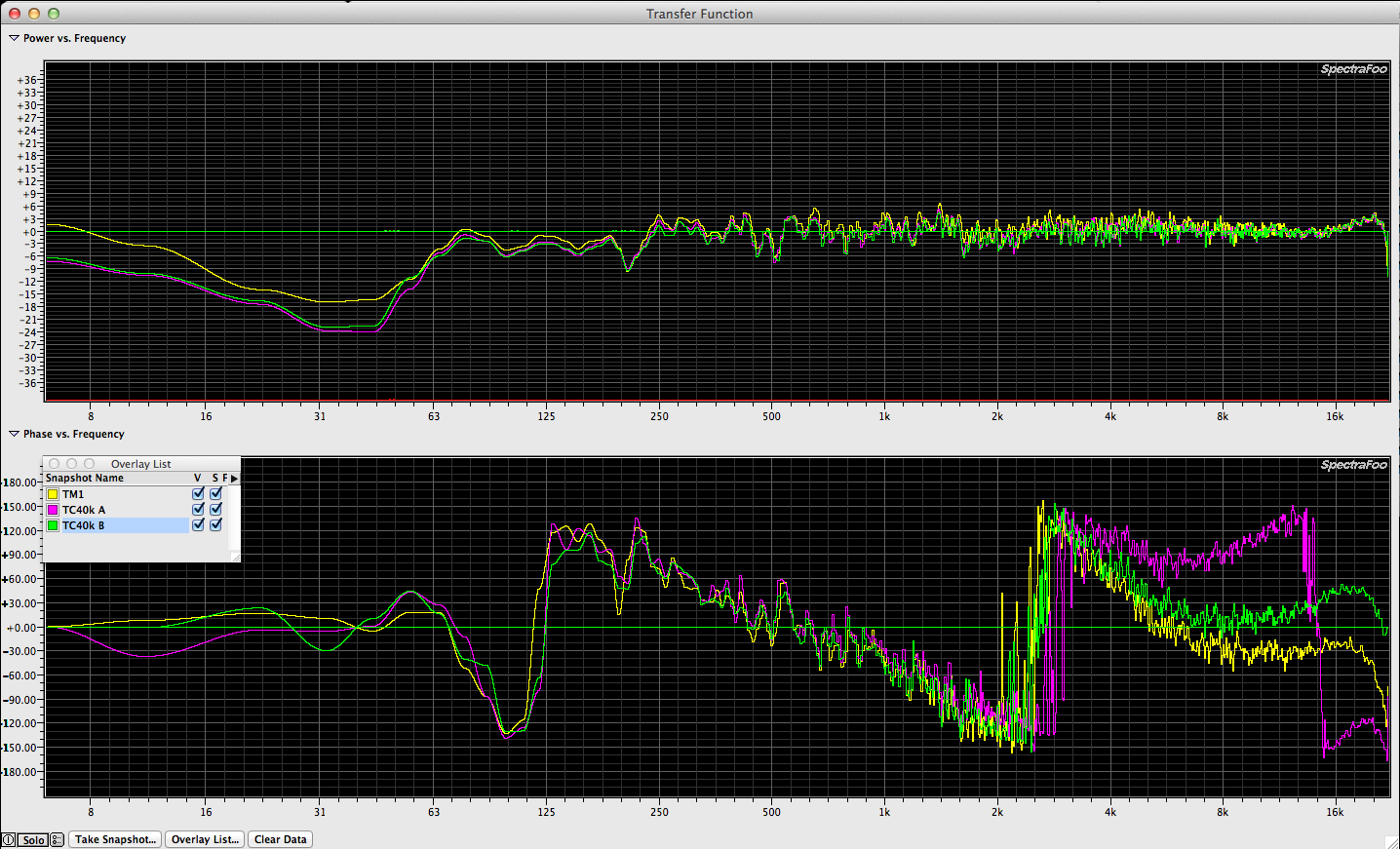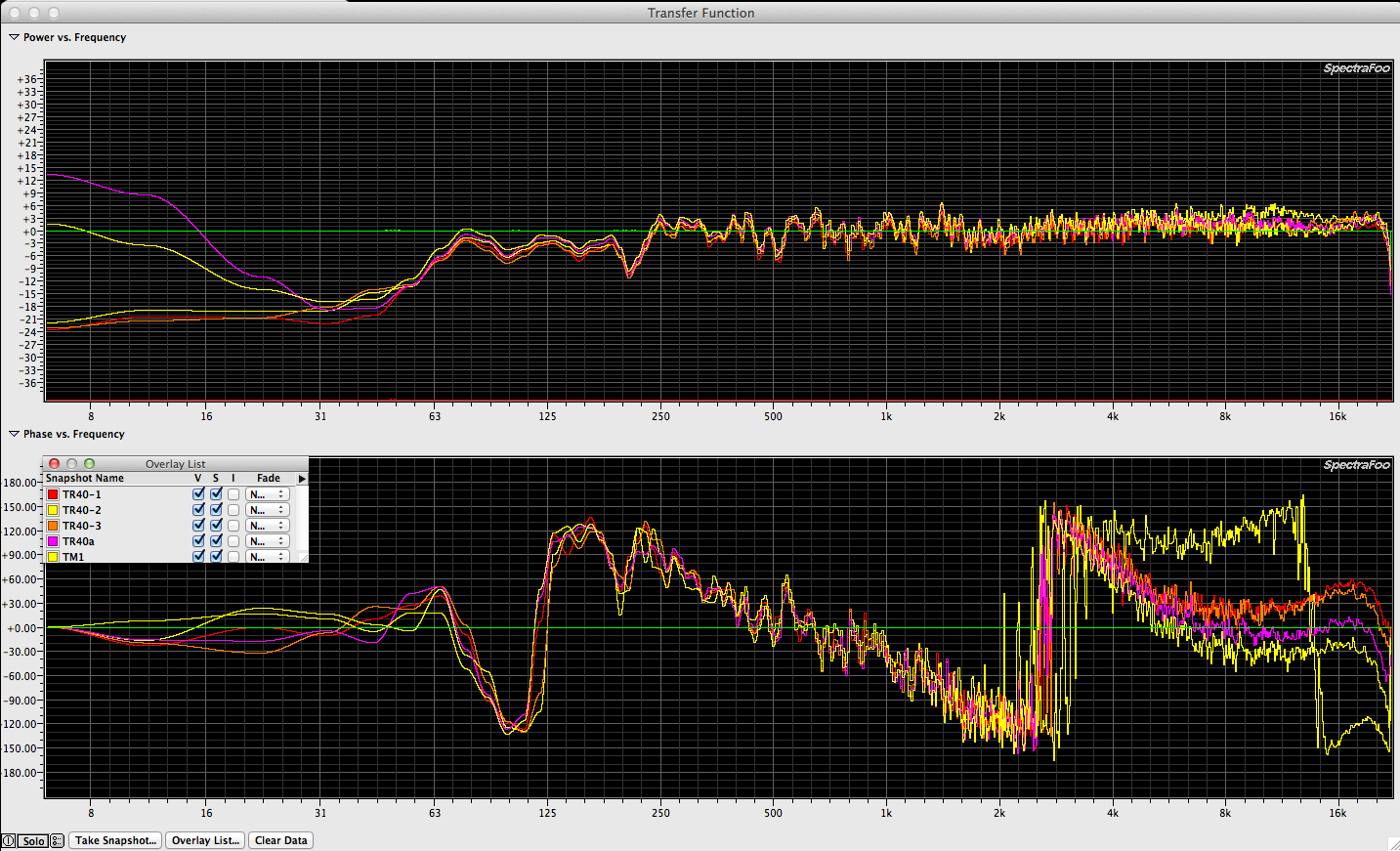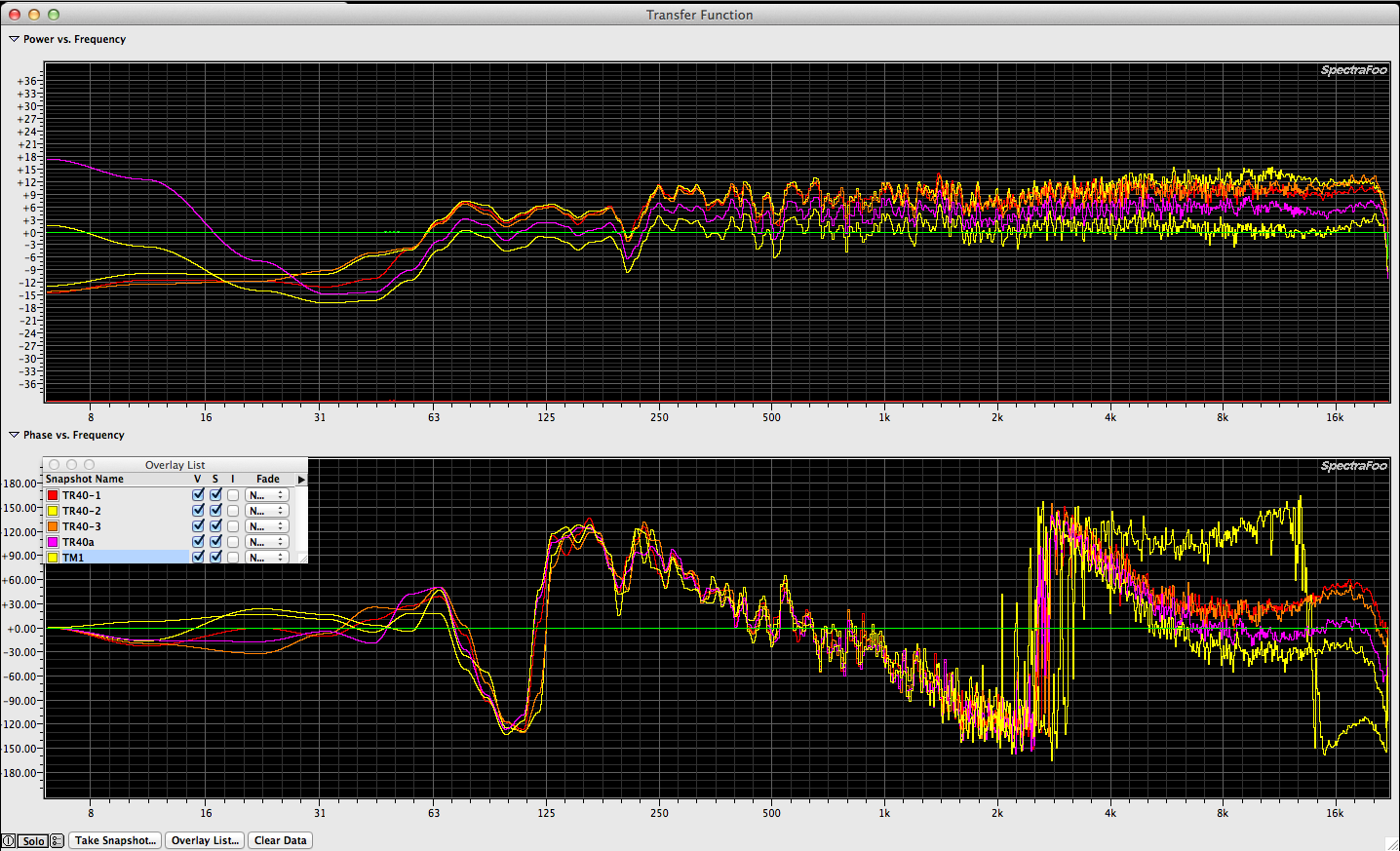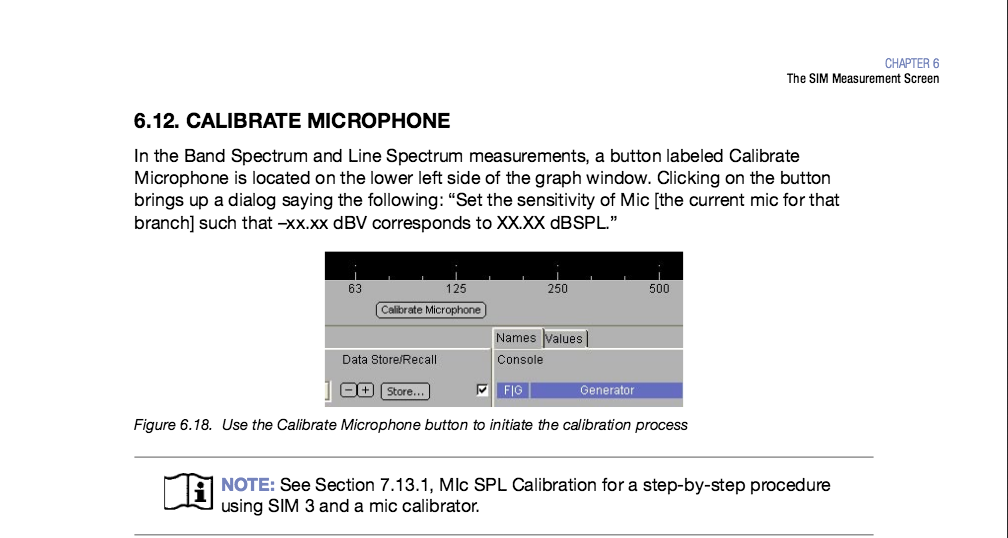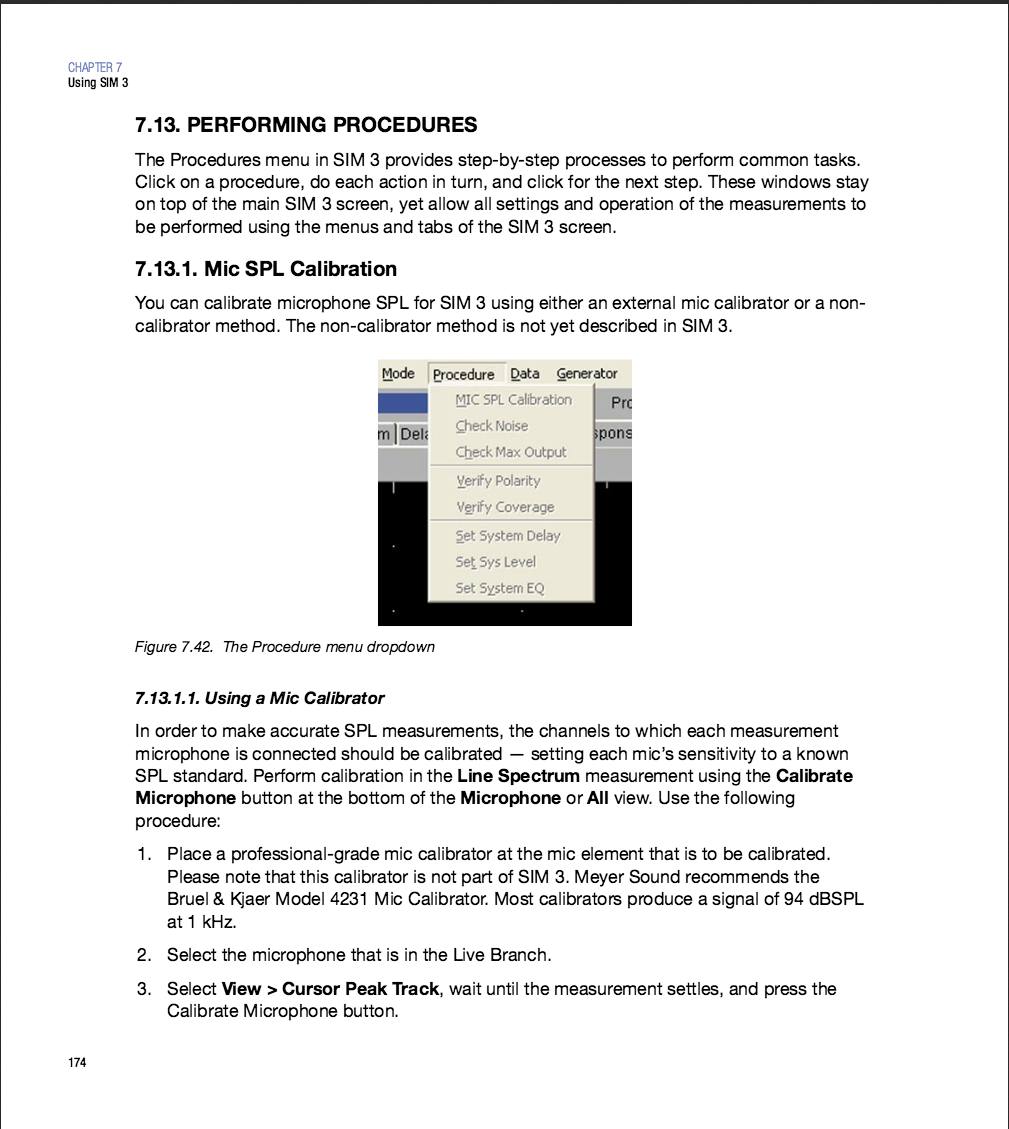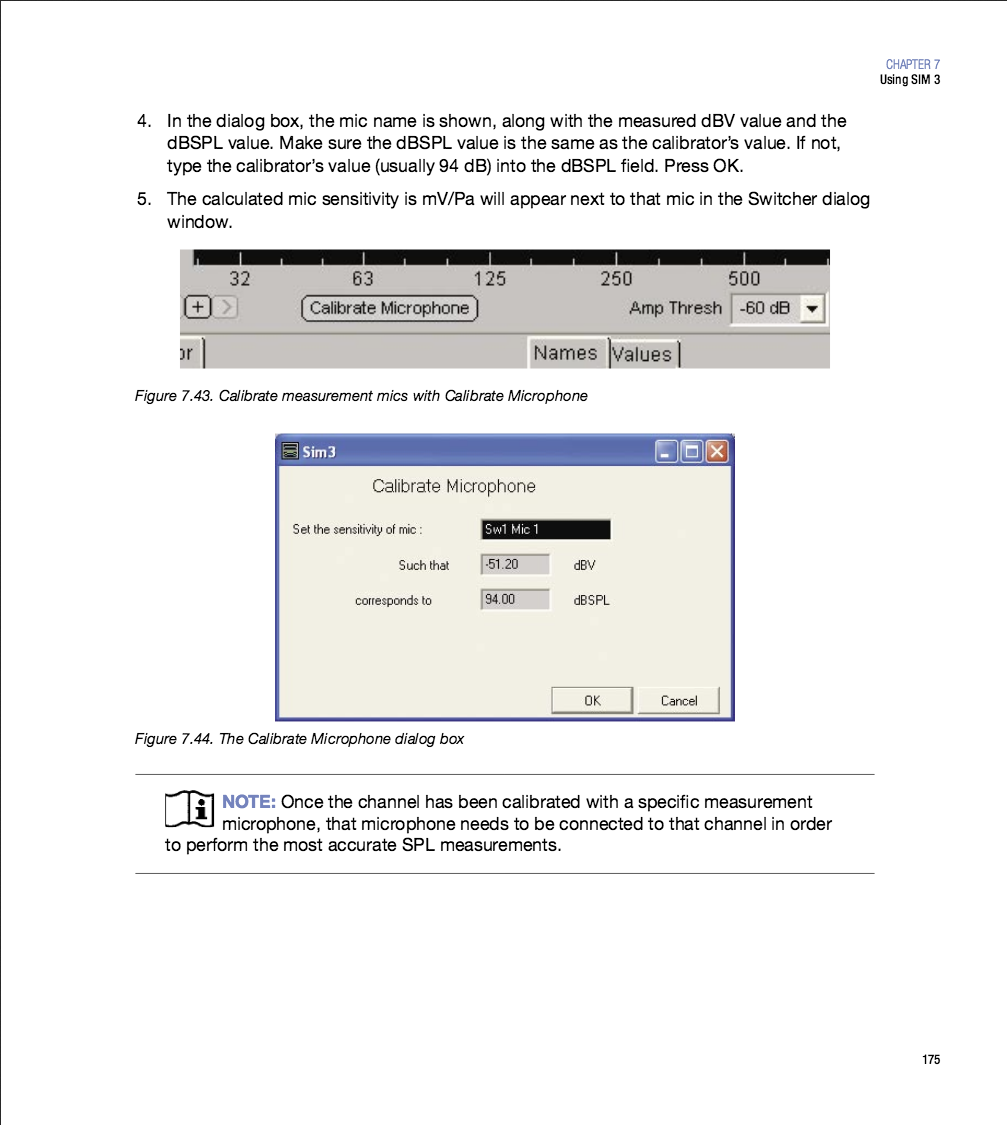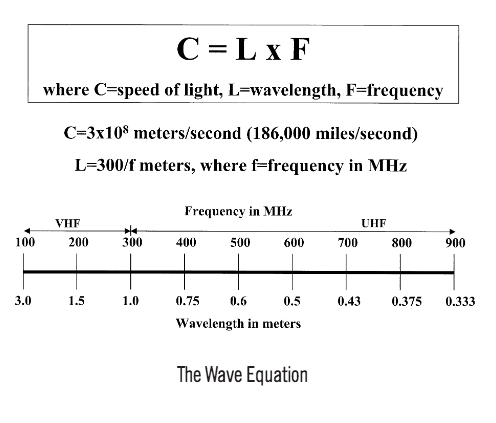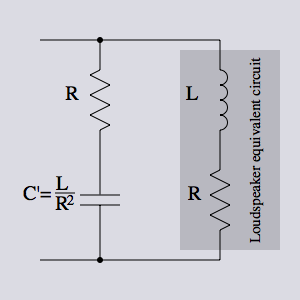Today is a big day here at audiomeasurments.com
The RF Explorer WSUB1G 240mhz to 960mhz scanner arrived today. I’m not sure why it took me so long to bite the bullet and purchase an RF scanner considering how much RF work I do and how important it is that it work! A sort of parallel to knowing I needed a audio measurement rig and the skills to use it but waiting anyway. I guess the biggest stumbling block to getting a RF scanning rig was the price. The TTI PSA1301T RF scanner recommended to me by Professional Wireless Services when I first checked was around $2000. The model has been discontinued but here it is for reference.
TTI PSA1301T – 1.3 Ghz RF Spectrum Analyser webpage
It appears the newer version is the PSA3605 and PSA6005 units the cost between $2000 and $3000.
TTI PSA series 5 RF Spectrum Analyzers webpage
Here is the spec sheet for the current devices:
TTI PSA series 5 – spec sheet PDF
Once you have a scanner you also need software to coordinate the data.
The industry standard is Professional Wireless Systems “IAS” (Intermodulation Analysis System) software. $250 for the Basic Edition and $550 for the Professional Edition:
Intermodulation Analysis System – webpage
IAS purchase webpage
One of the hangups with purchasing an RF scanner rig or even an audio measurement rig has been the fact that my clients aren’t going to be interested (in general) with paying extra for this sort of service. Meaning that I can’t just tag on an extra $25 an hour because I have the needed tools. Consequently, having an audio measurement rig & RF scanner rig is an investment in your own production value which may not earn you a dime but may save your reputation. It will certainly make it easier to have solid RF on a show and a better sounding PA system. I’d argue both of those are a “requirement” of the gig. Easy to say now that I’m in the club on both fronts.
The decision to purchase an RF scanner and RF coordination software package was made after a recent show where of the two RF mics used on a show, one of them was taking RF hits. I decided at intermission, “Order RF scanner on Monday…” “I will never do another production that uses RF without a scanner…” The rest is history.
Fortunately one of my favorite Smaart 7 measurement engineers who also has an RF scanner rig brought his RF Explorer rig into the theater I was working in to do a preproduction RF scan of the venue for an upcoming show.
He uses an RF Explorer WSUB1G unit.
http://rfexplorer.com/
For less than $150 to get into one (after shipping and ordering the USB cable you need to charge it and transfer RF data, I couldn’t stall any longer. My unit arrived today.
A few notes to share for those who might follow my lead.
The RF Explorer scanner comes in a few different models. The base unit is the WSUB1G which can scan between 240mhz and 960mhz.
An RF Explorer without an external computer running software has limited appeal. Fortunately there are a number of options that support the device.
These are scanning apps that will work with an RF Explorer unit. Unfortunately there are limited options for Mac OSX users but there one now:
RF Venue “Vantage” – website
The rest of these apps are all PC only:
First up, the offerings from nutsaboutnets in order of cost and functionality.
A free app is available for the RF Explorer unit called Touchstone:
nutsaboutnets “Touchstone” RF Spectrum Analyzer Software – webpage
Note that there is a PRO version that add some extra features for $49.
nutsaboutnets also offers “Clear Waves” which is the only spectrum and intermodulation analysis app I am aware of. I’ve seen a touring Broadway production come through using Clear Waves to coordinate RF.
nutsaboutnets “Clear Waves” – website
Then there is Stage Research’s “RFscanner” app which is a companion to their “RFguru” intermodulation app.
Stage Research “RFscanner” – webpage
Stage Research “RFguru” – webpage
Last but certainly not least is Professional Wireless Services “IAS” (Intermodulation Analysis System). I’m fairly certain that this one is king of the hill when it comes to RF coordination.
“IAS” – webpage
If there are others I’ll add them to this page as I learn of them.
In the meantime, a special note regarding RF scanners.
WARNING!!!
An RF Explorer RF scanner is designed to measure incredibly low level signals. Consequently, it’s a very sensitive device. It is possible to overload the input circuitry and blow the thing up. Even when it’s not actually powered up, it’s still susceptible to this!!! One of the reasons I bought the least expensive model (WSUB11G) is because it’s a bit more robust than some of the combo models when it comes to this matter. Here is a webpage with that explains how to treat an RF Explorer so that the chance of being damaged is minimized.
RF Explorer – protecting your instrument
The antenna connector on the RF Explorer is an SMA type.
WIKI – SMA connector
The antenna that comes with the RF Explorer WSUB1G device is a Nayogo N-773. I’ve read some bad things about this antenna.
ham radio blog – best and worst from Chinese origin
“The worst antenna ever: Nagoya NA-773.
It looks like a brilliant idea: combining a loading coil at the base with a telescopic antenna. Unfortunately this antenna is the most dangerous one on earth. Whatever the length, the SWR stays close to 1:3.0. In essence 25% of the output power bounces back into the electronics, and this amount of reflected energy is not something most PA modules can handle for a very long time. To make matters worse, reception also suffers. The gain (cough cough) of this antenna is estimated to be equal to, or worse than minus 6dBd. In other words: deaf as a post. This would make a fine present for someone you hate to the core. Total number of copies tested: three.”
